As part of celebrating World Idli Day 2022, here are some interesting facts that we came across, about the history of idli.
According to renowned food historian and scientist KT Achaya, ‘idli’ originates from the word ‘‘iddalige’. It was first mentioned in a Kannada literature work called Vaddaradhane by Sivakotyacharya, in the year AD 920. In AD 1130, idli once again made its appearance as ‘iddarika’ in an Sanskrit encyclopedic work called Manasollasa. The text describes it as ‘made of fine urad flour fashioned into small balls and then spiced with pepper powder, cumin powder and asafoetida.
Achaya further cites an Indonesian fermented food called ‘kedli’ which is similar to idli. According to him, South Indian cooks of Indonesian kings, who returned home to find brides, brought many fermentation practices back to South India from there.
Later, food historians and scholars differed in their view about the origins of idli. For instance, Lizzie Collingham traces idli to Arab traders, who settled in the coast of South India. According to her, not sure of finding halal foods, they settled for steamed rice balls with coconut chutney. The mixing of rice and urad seems to have come much later. It may have evolved in one of the southern states itself, instead of being an imported practice.
Whatever its origin, idli is a very popular breakfast food for Indians all over the world. It is therefore not surprising that six years ago, an enthusiastic idli caterer from Chennai called Eniyavan, decided to dedicate a day for the ubiquitous breakfast in South Indian homes. He chose March 30th as World Idli Day to make and supply 1328 varieties of idlis. On the same day, a government staff sliced a large 44 kg idli to officially announce March 30th as World Idli Day.
Today, idlis have become a signature dish in South Indian states. - a most preferred, most sought-after healthy breakfast!
We, at Bio Basics, decided to do our bit to valorise this almost perfect breakfast dish, which is healthy, tasty, and suitable for all ages.
Bio Basics has a wide range of organically grown and naturally processed rice and millets. We also have a few idli rice varieties that guarantee fabulous idlis. They turn out soft, fluffy, tasty, and wholesome.
Most people today tend to buy ready-made batter to make idlis. Given our busy lives, this may seem like a good alternative to home-made batter. Ready-made batter gives you soft, fluffy idlis too. However, it robs you of all health benefits because of the preservatives used.
If our intent is to eat healthy, the above ideology wouldn’t work, would it?. So, just like we make time for other important things in our life, let’s try to make time for health. Let’s go back to preparing our own idli batter at home, using ingredients that are free of preservatives and chemicals.
You know, I grew up eating idlis almost every other day. We had it for breakfast and more would be packed into our tiffins for lunch. I remember resolving never to eat an idli when I grew up. Fast forward a few years and here we are, eating them again. Idlis soaked in sambar with freshly ground coconut chutney Powder or a miligai podi (pepper Powder) to dip, are my favourite breakfast these days. Satiated and totally content post breakfast, I ask myself why I switched back to eating idlis with more relish today. The answer is simple. I make them myself today, I know every ingredient that goes into making these soft delicious idlis and they are all healthy.
Our campaign ‘Bring Idlis Back’ aims to bring back the culture of preparing our own idli batter using healthy rice grains and unskinned urad dal to increase the fiber component in our diet.

This is my message for you today. Eat healthy, eat idli!
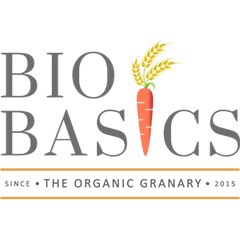
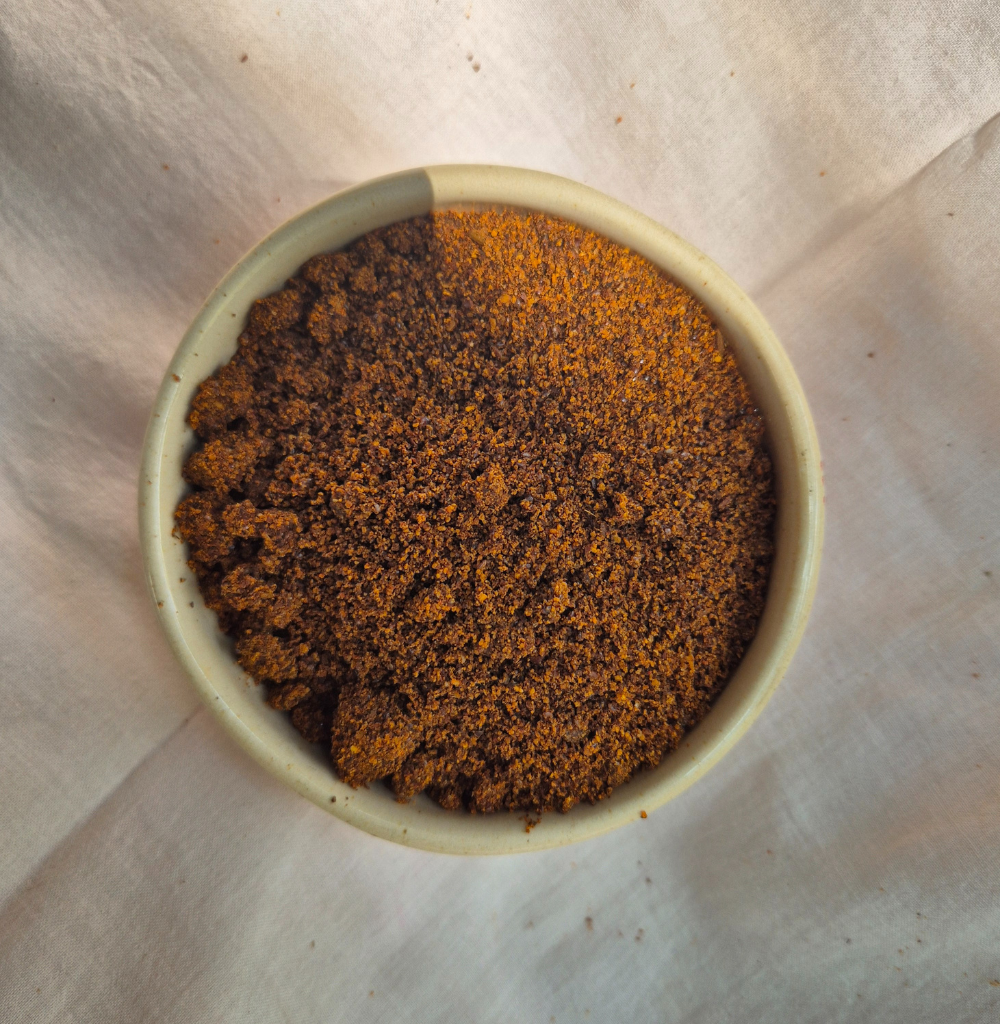
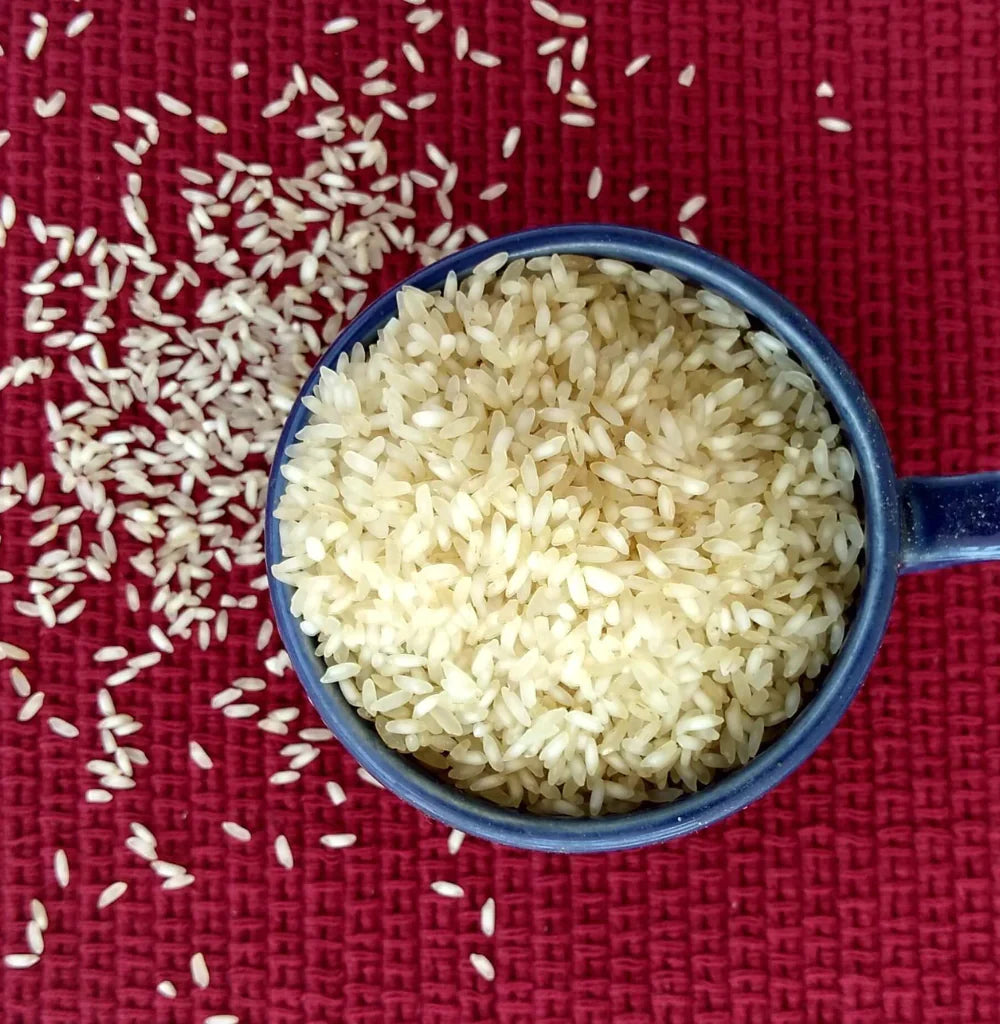
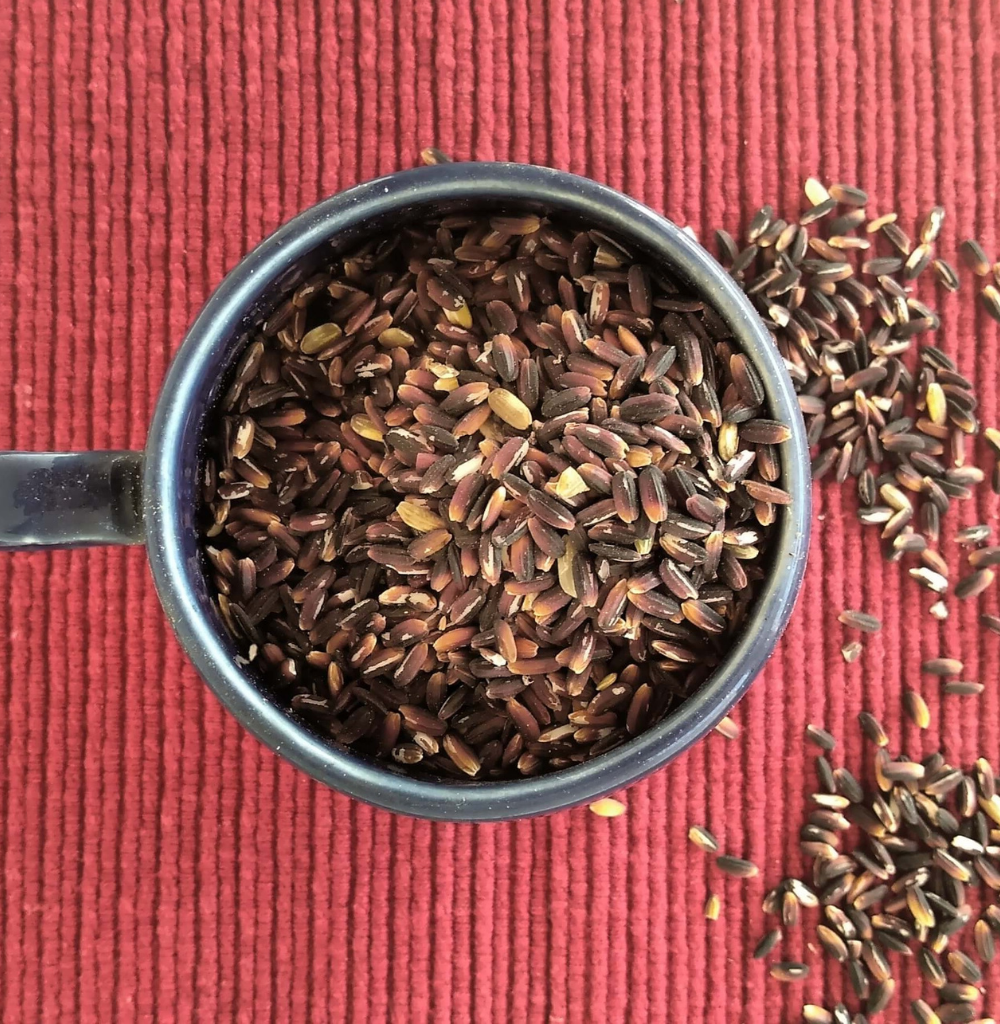
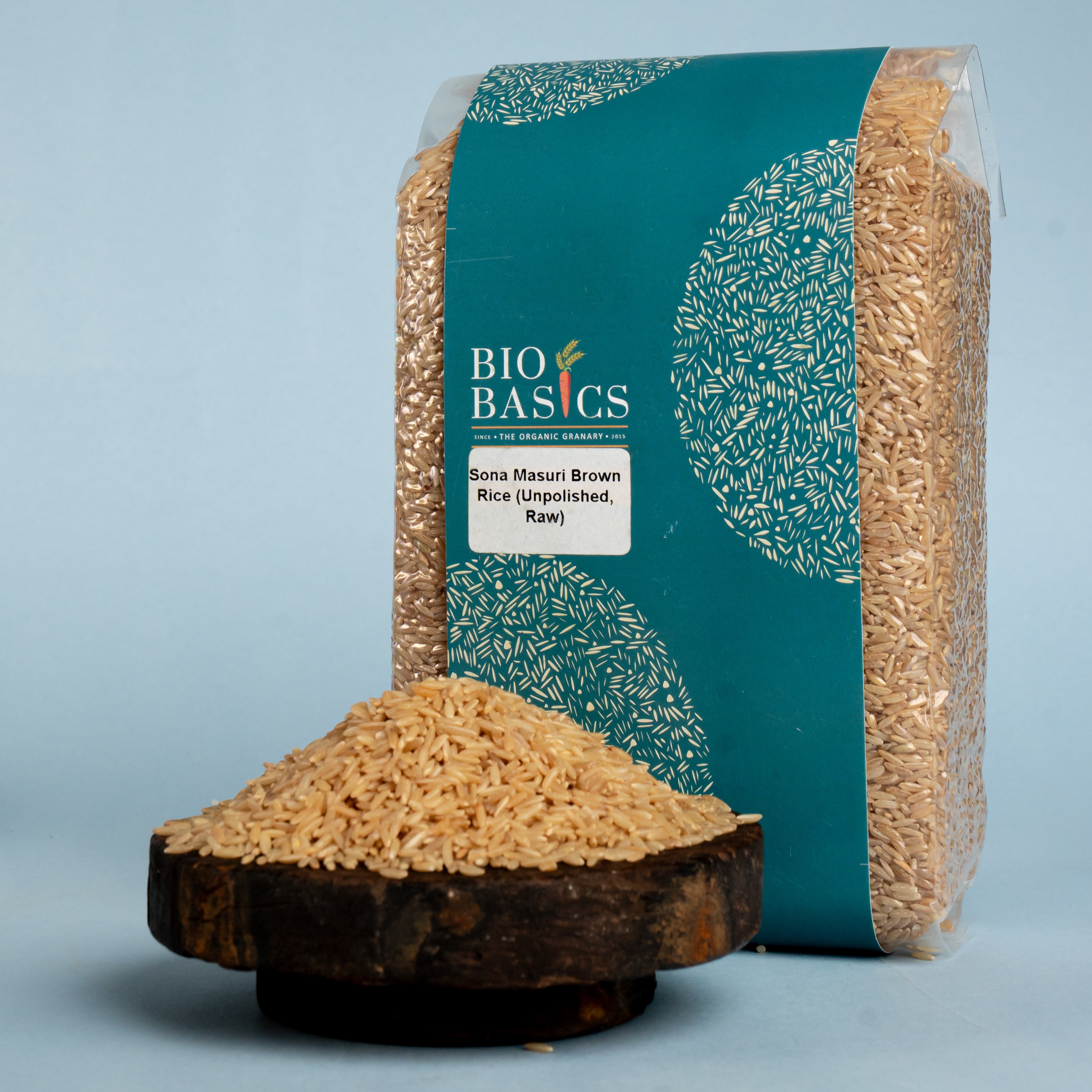

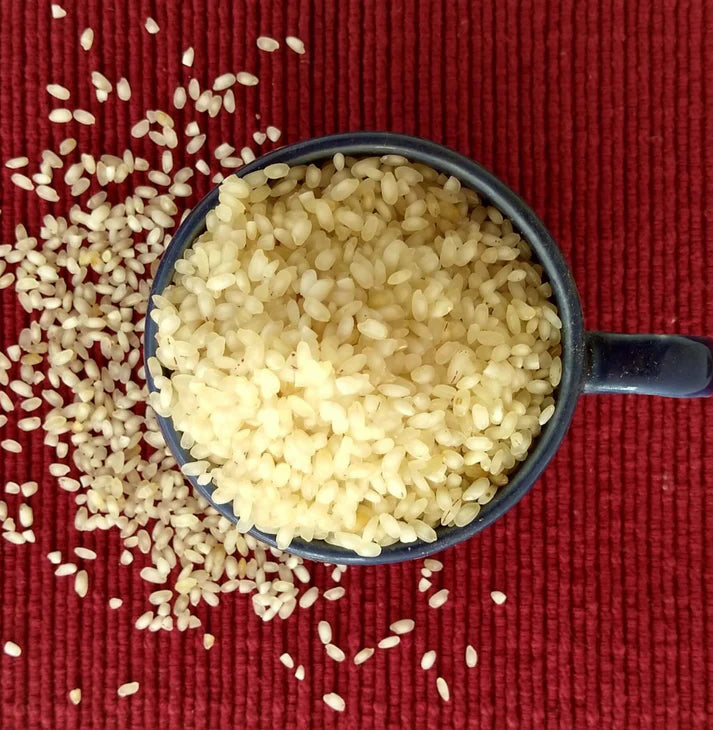
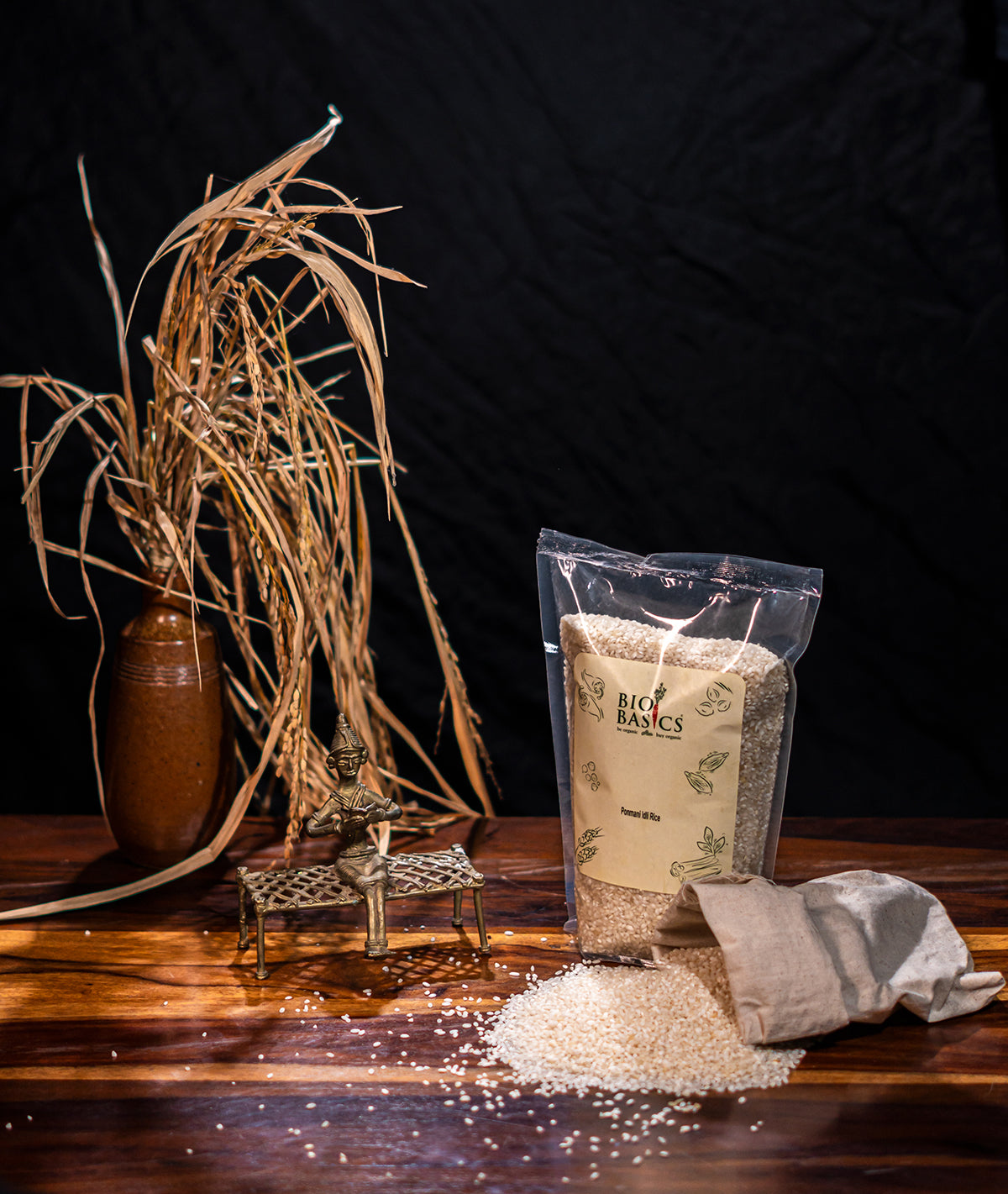
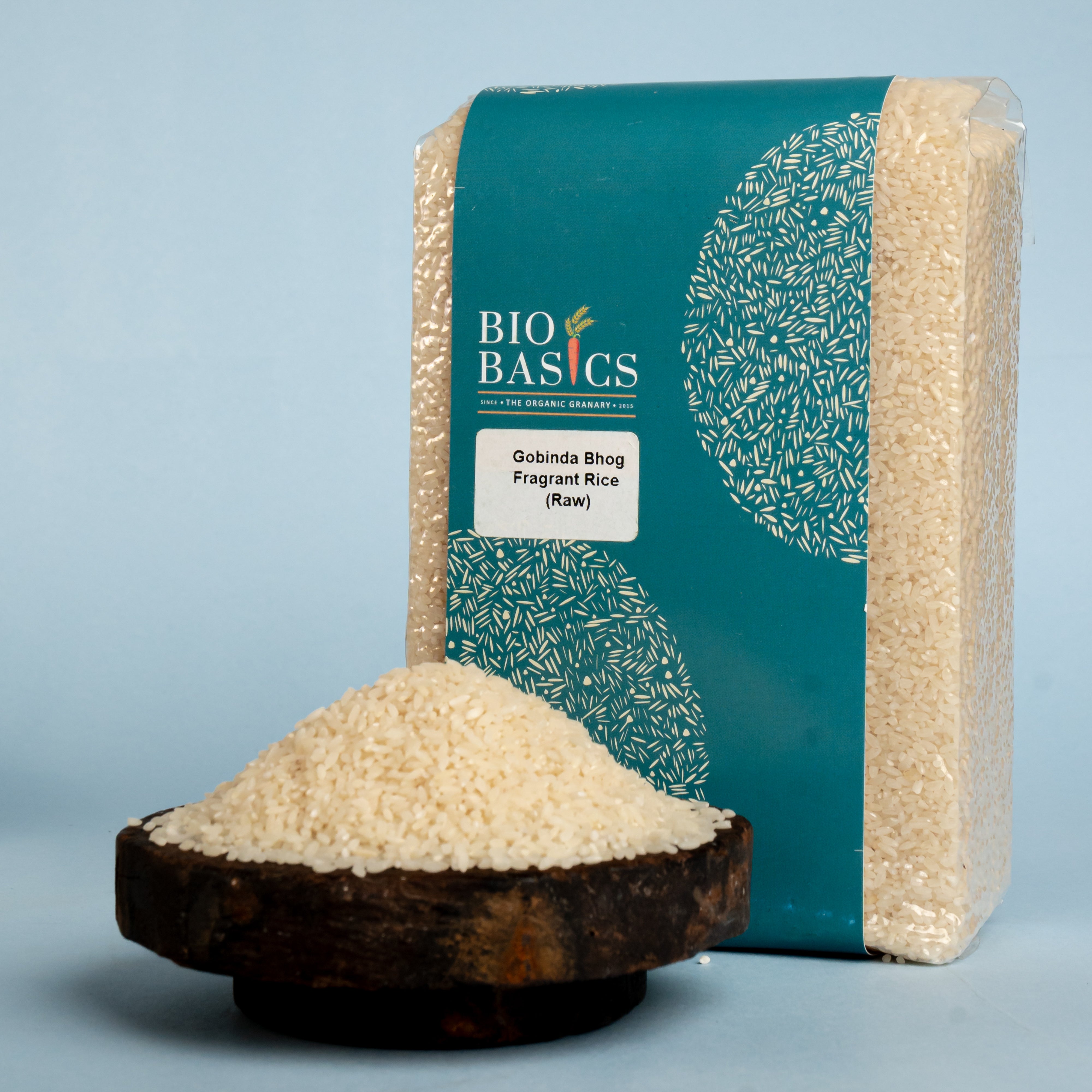

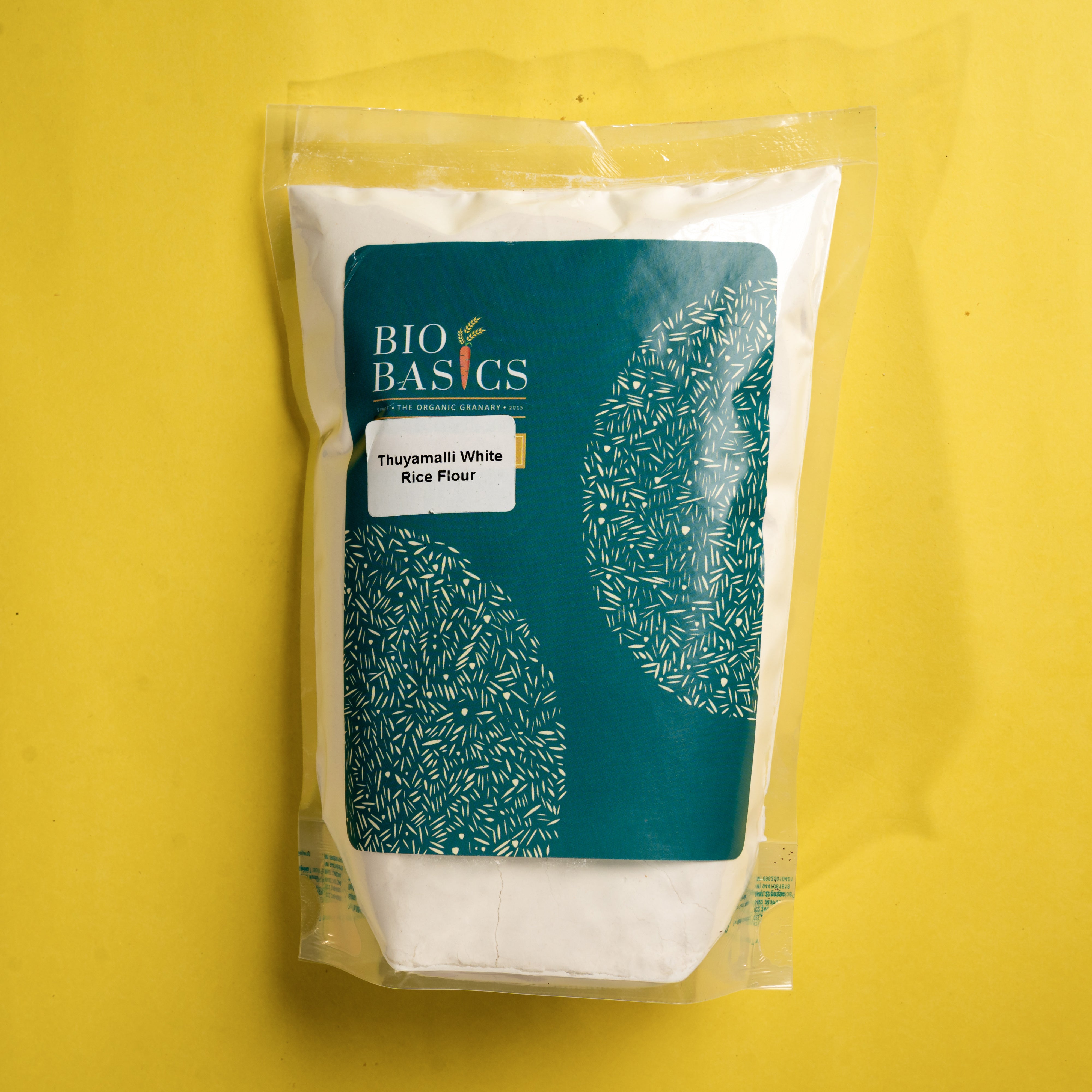
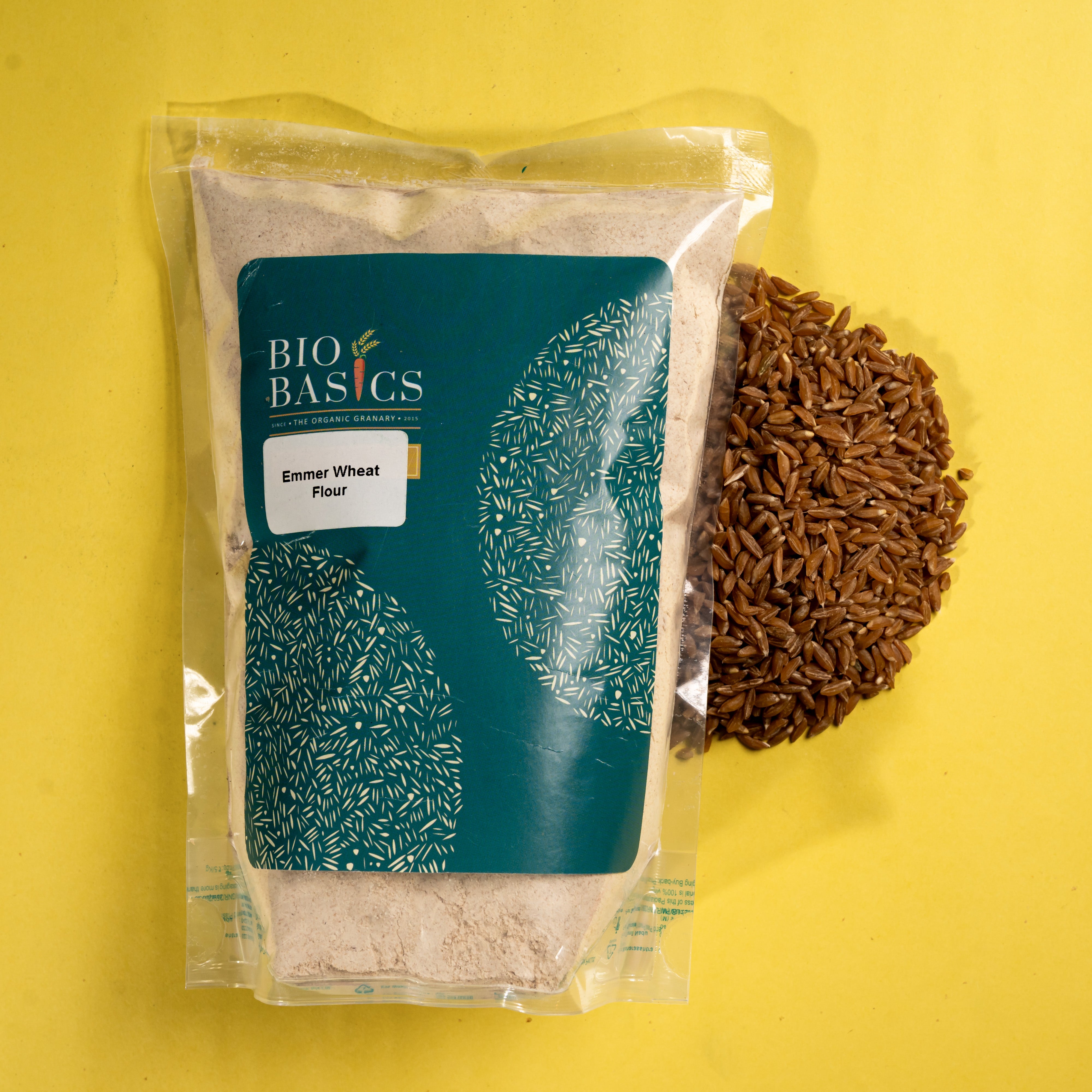
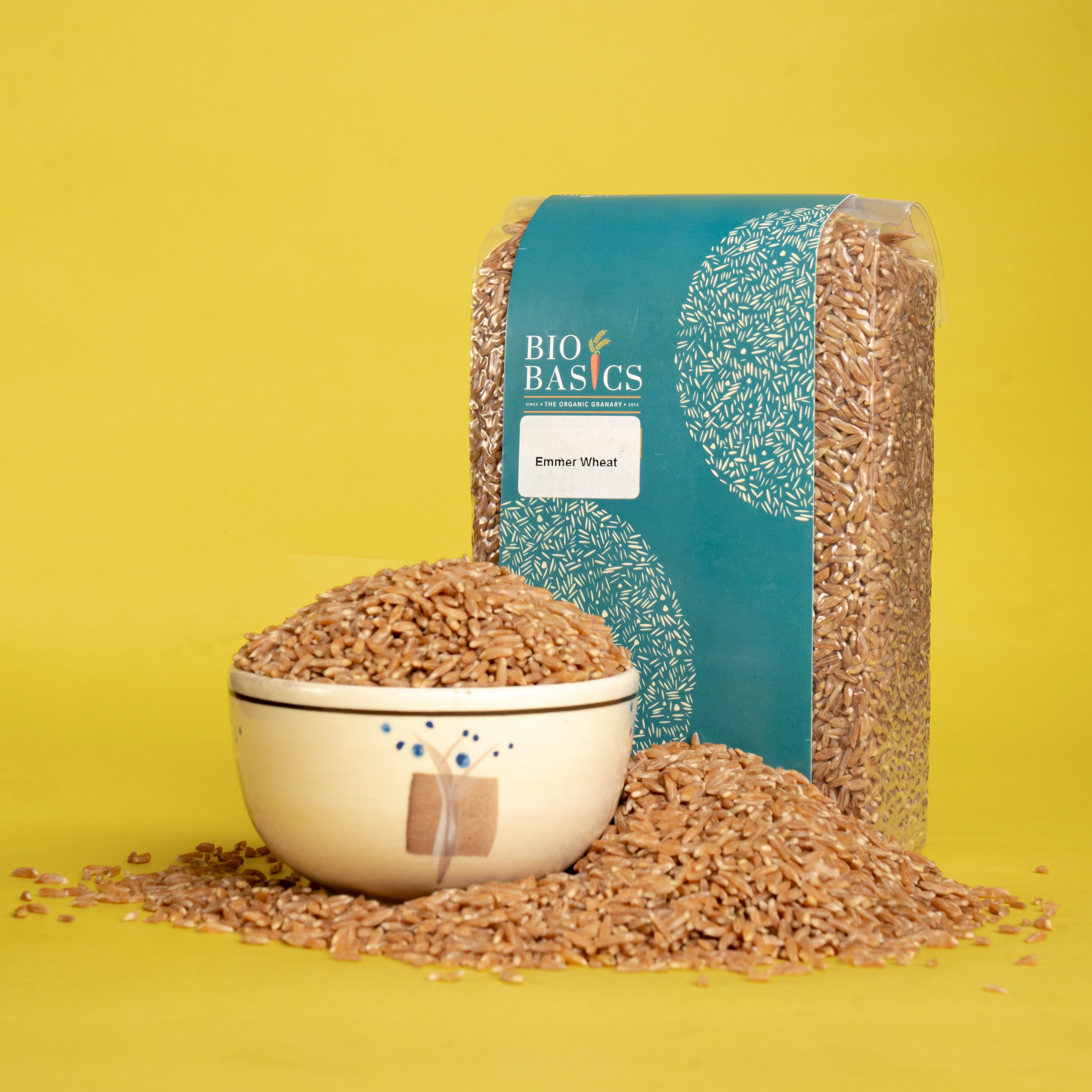
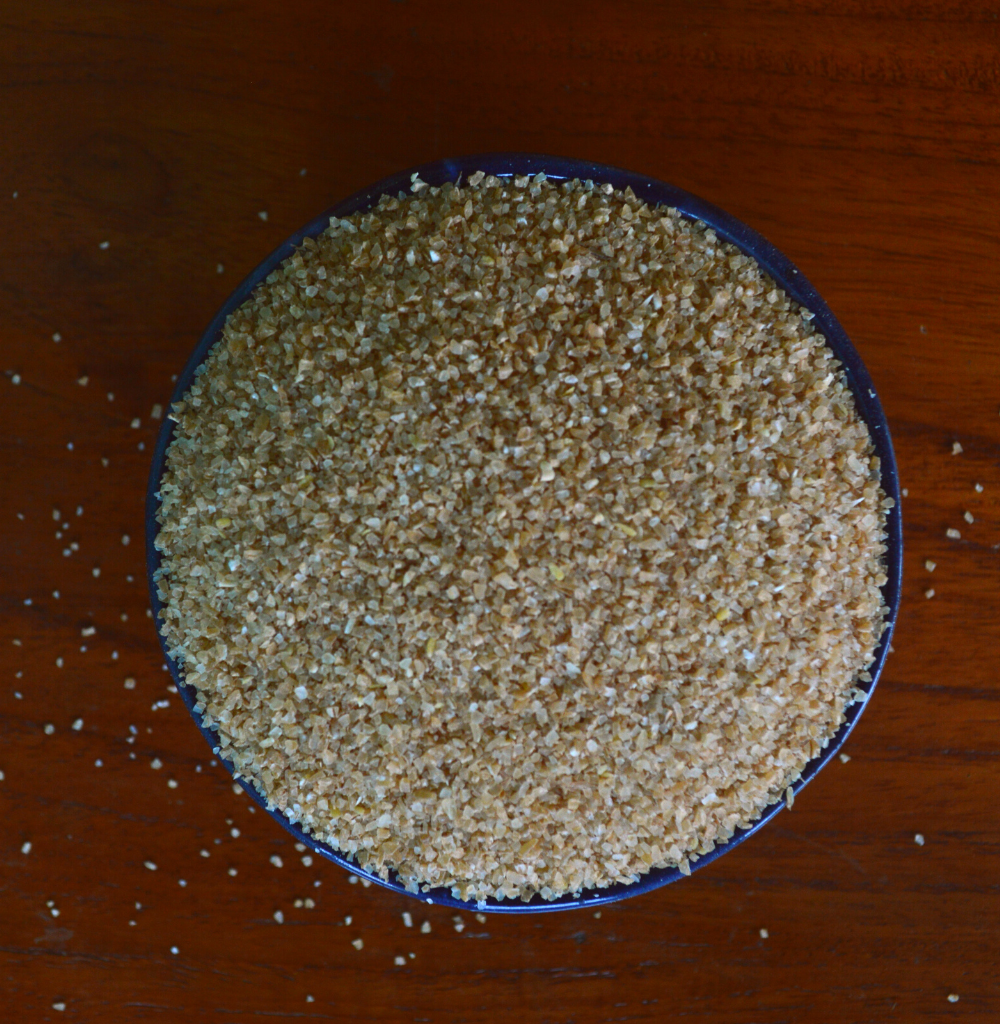
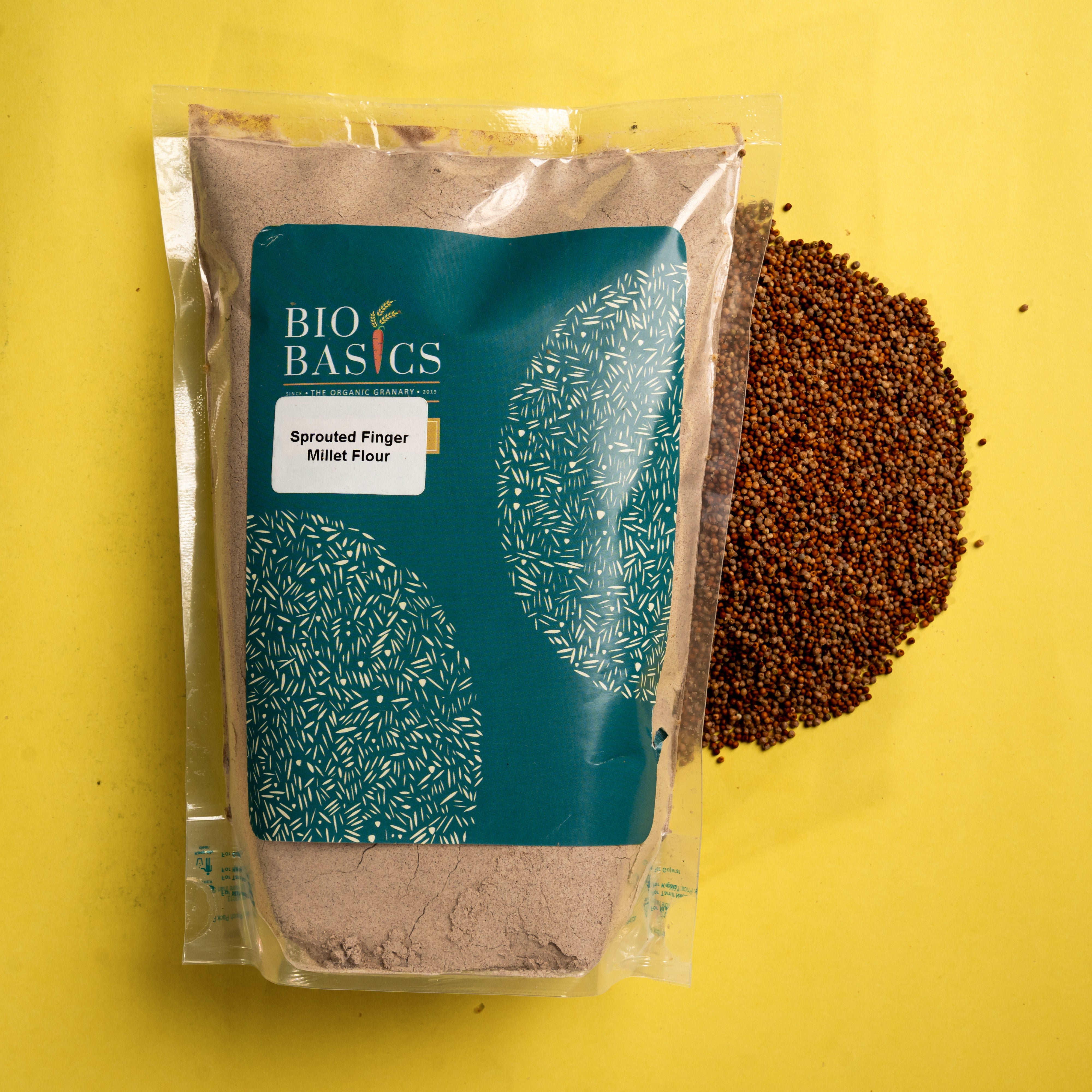
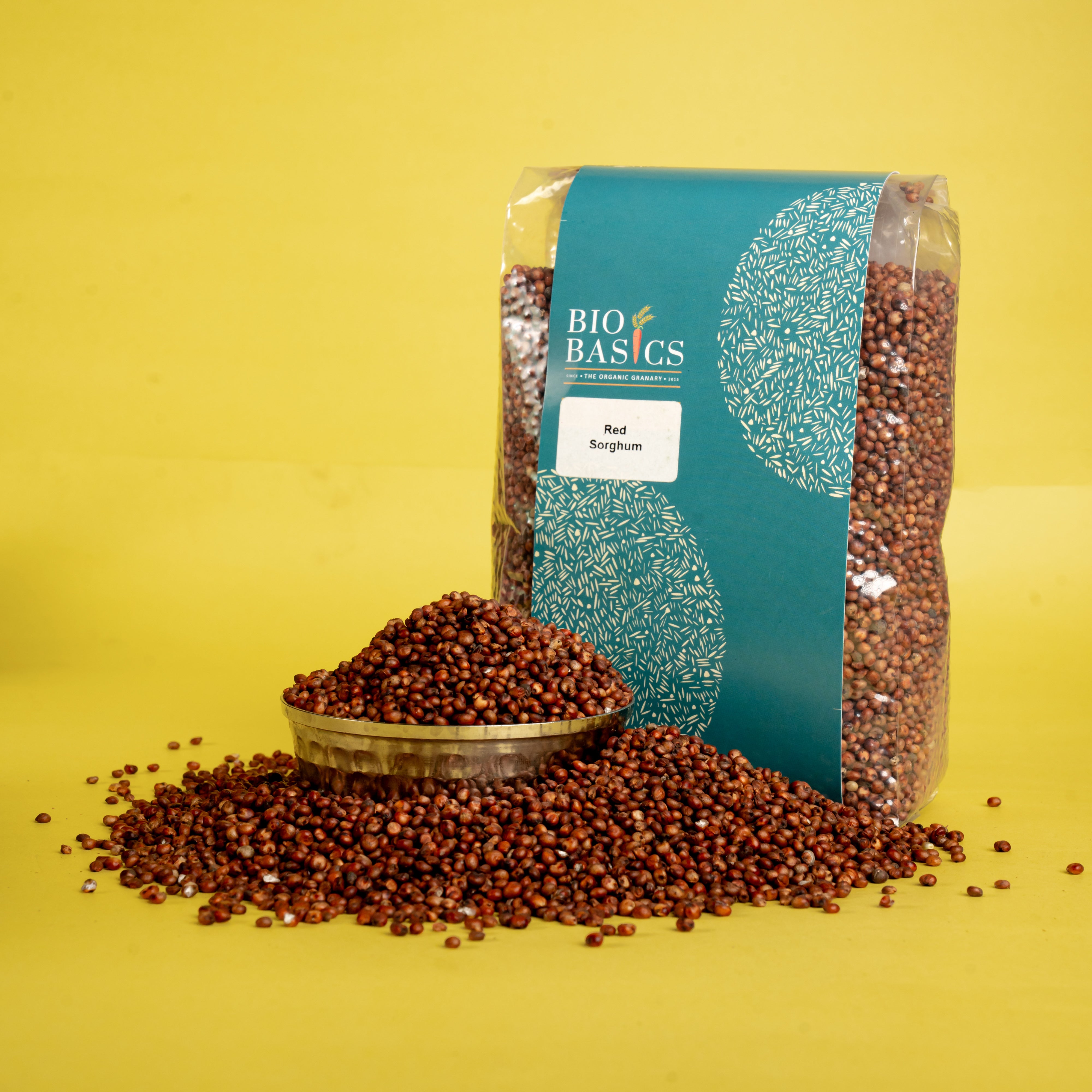
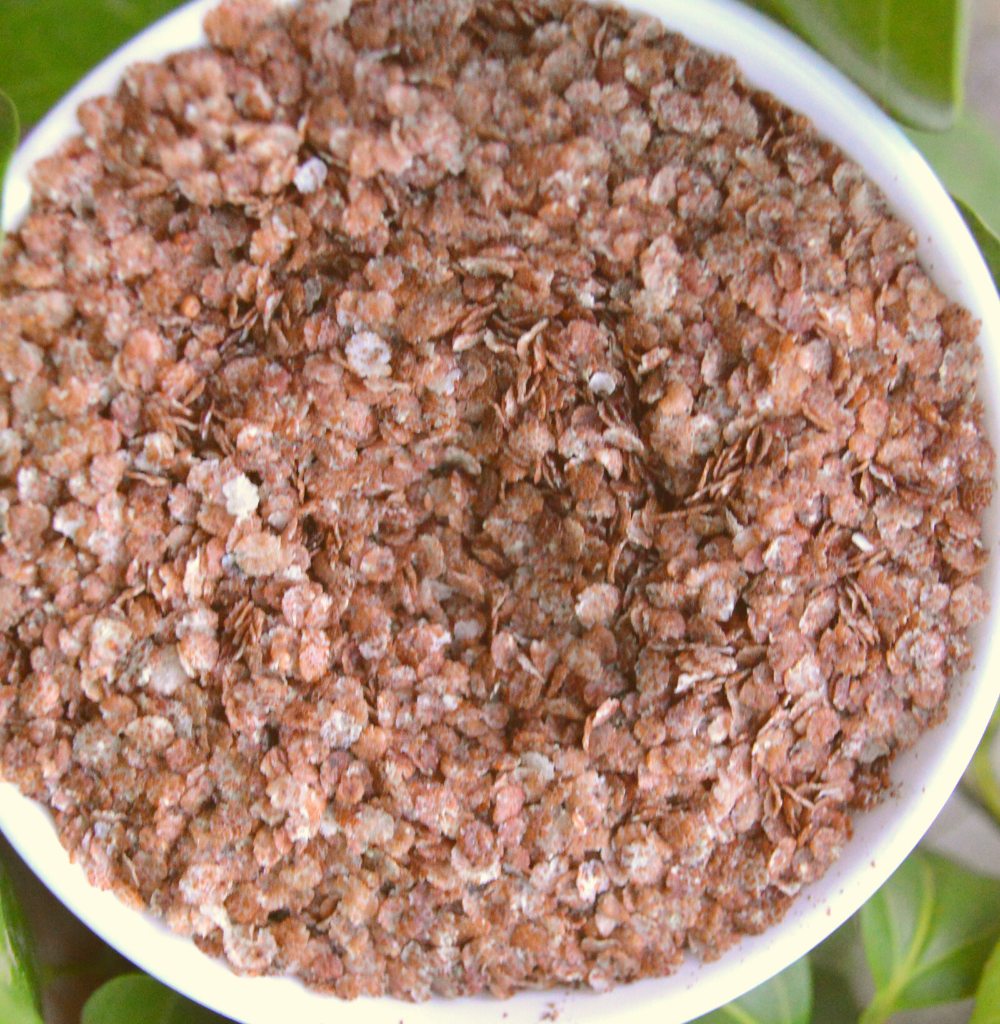
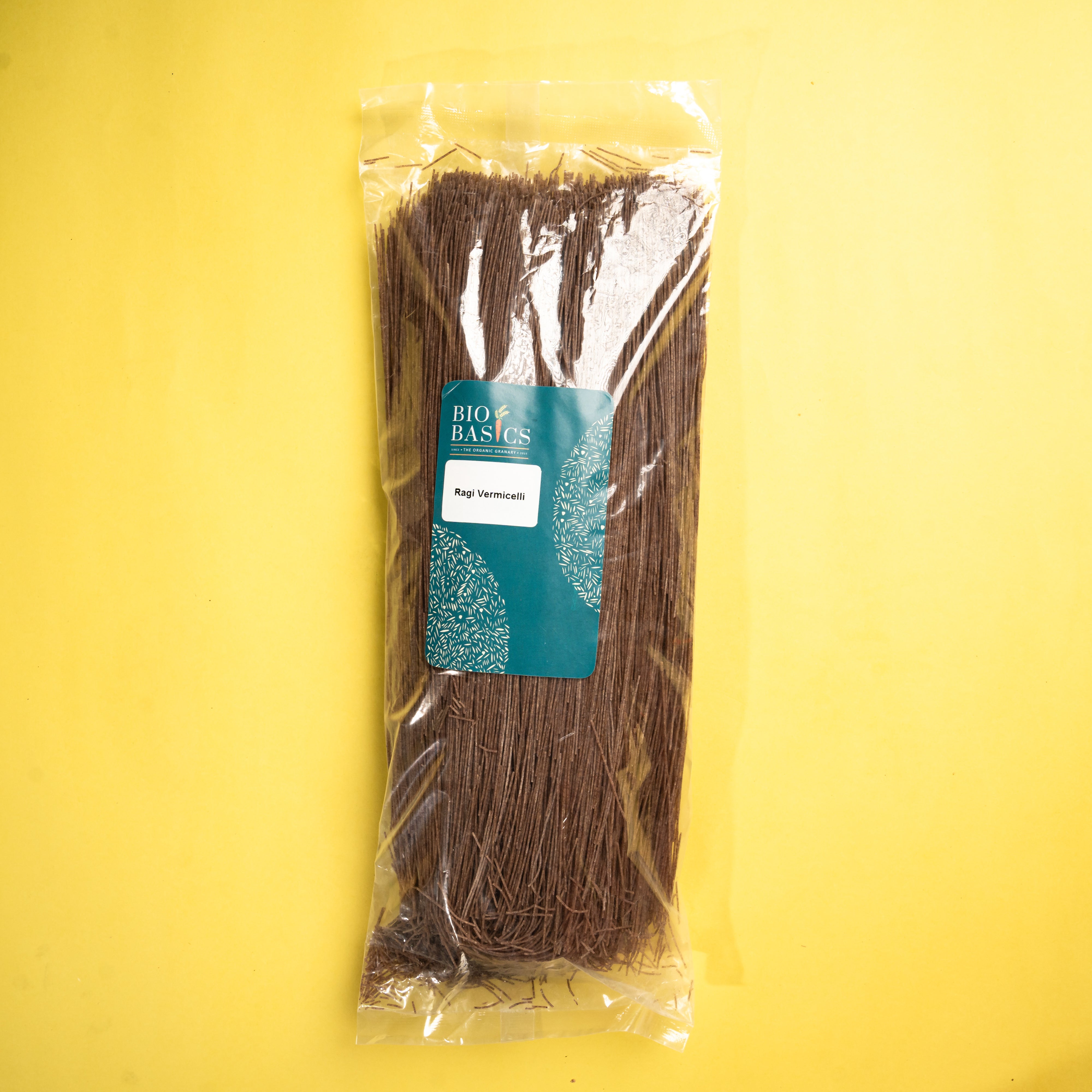

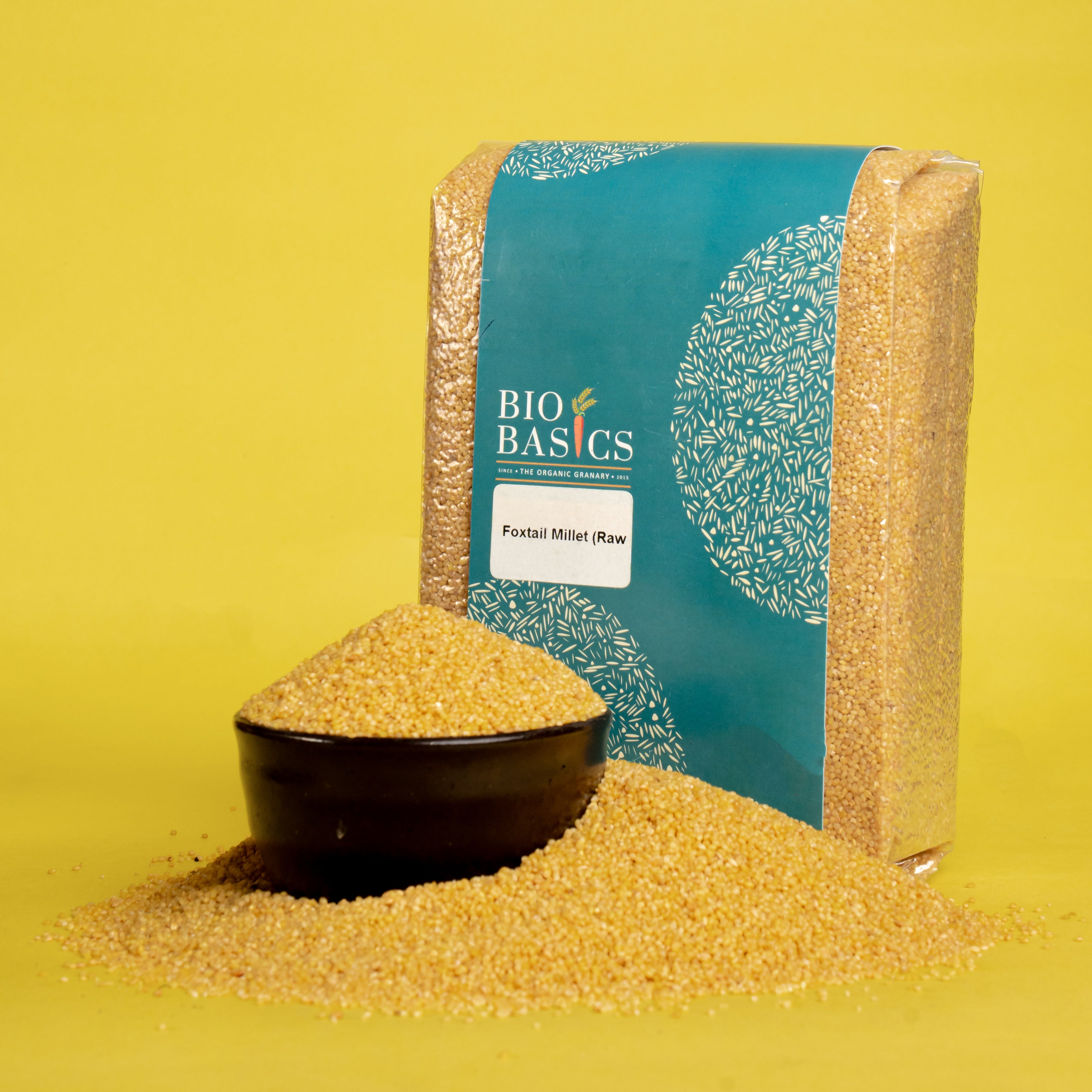
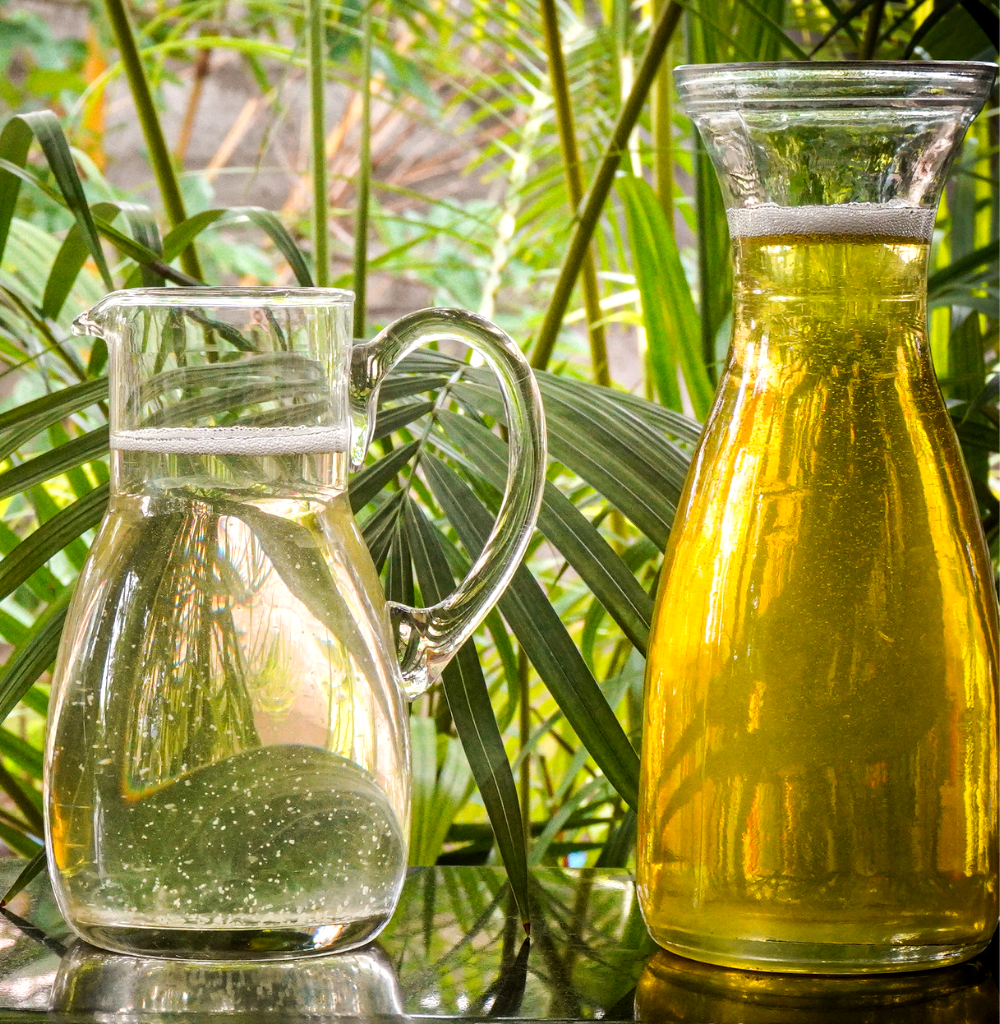
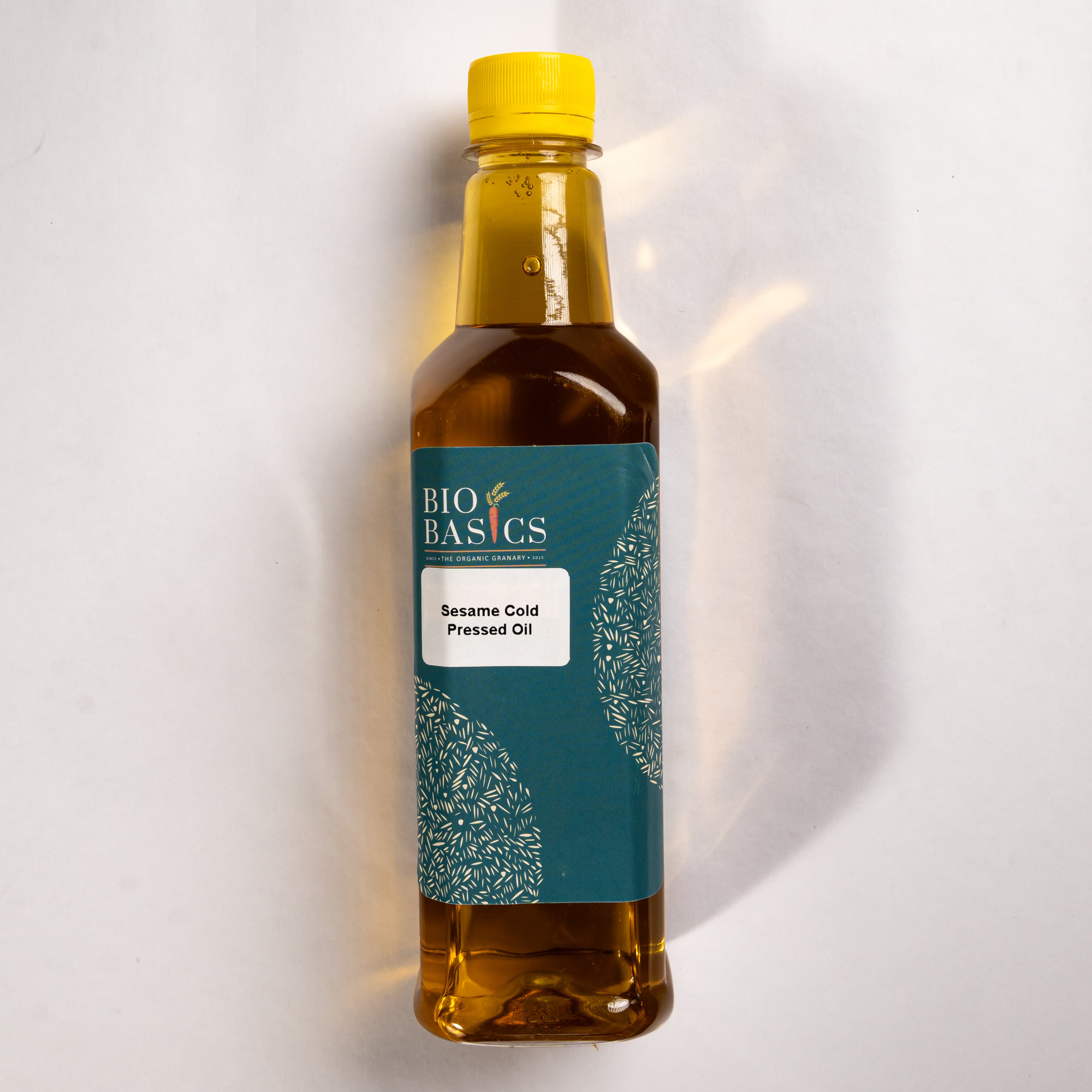
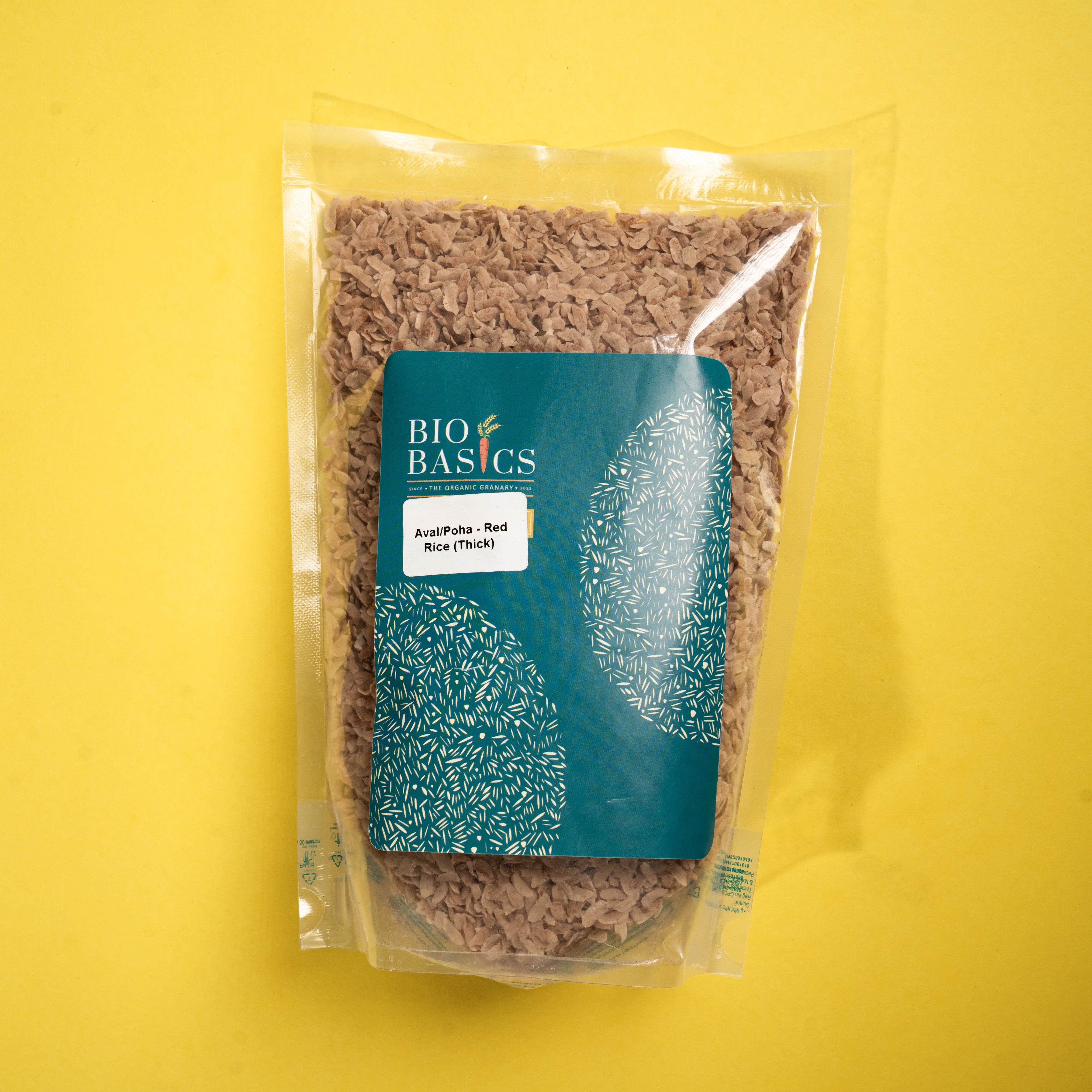
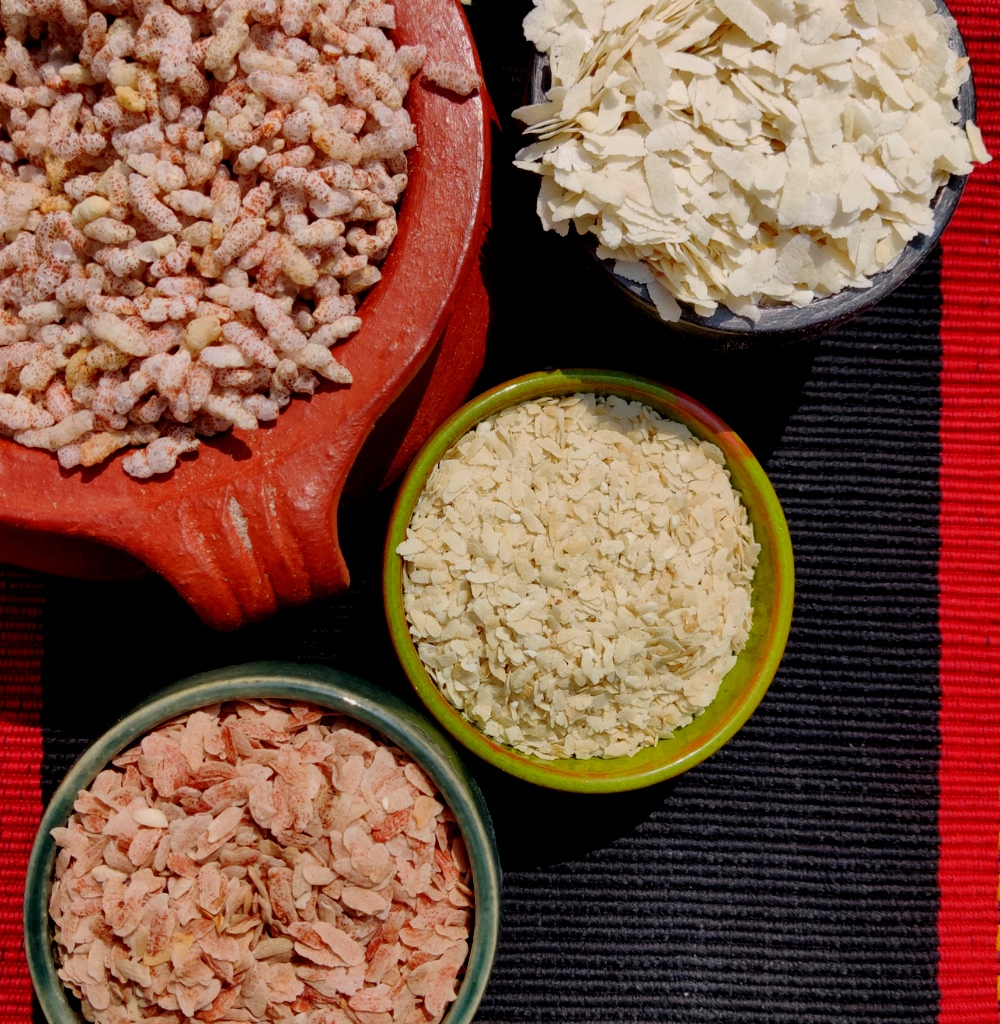
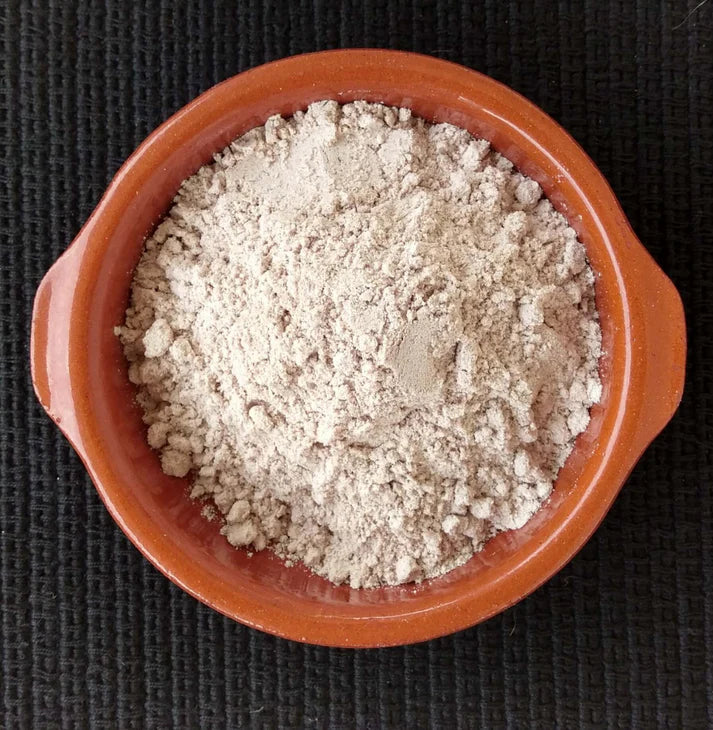
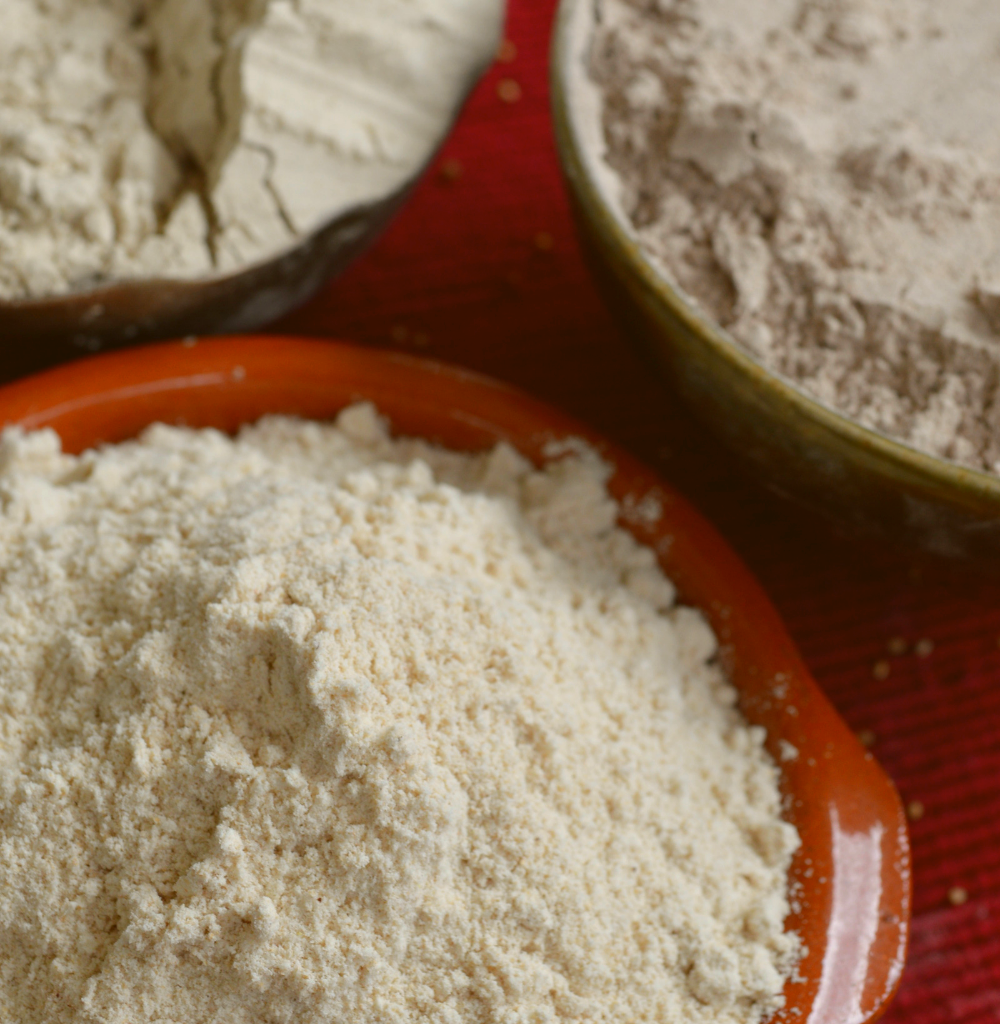
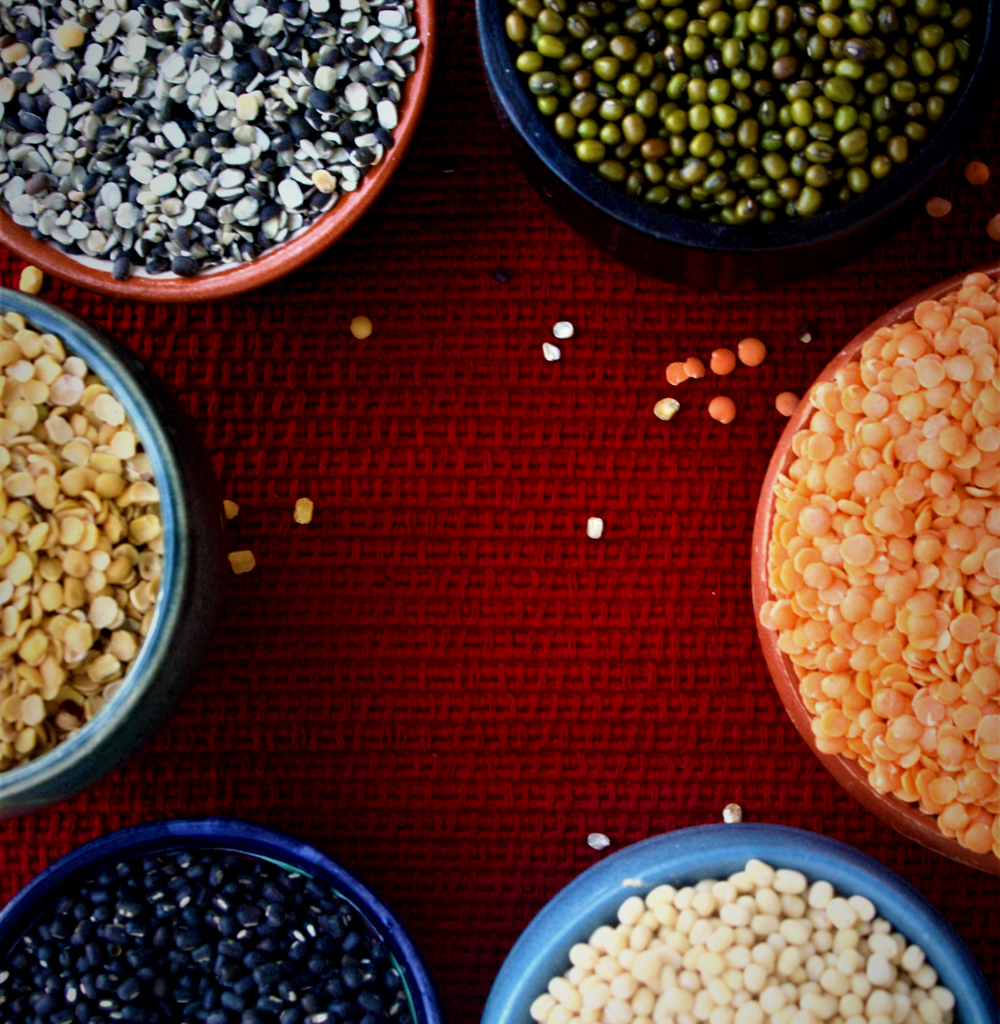
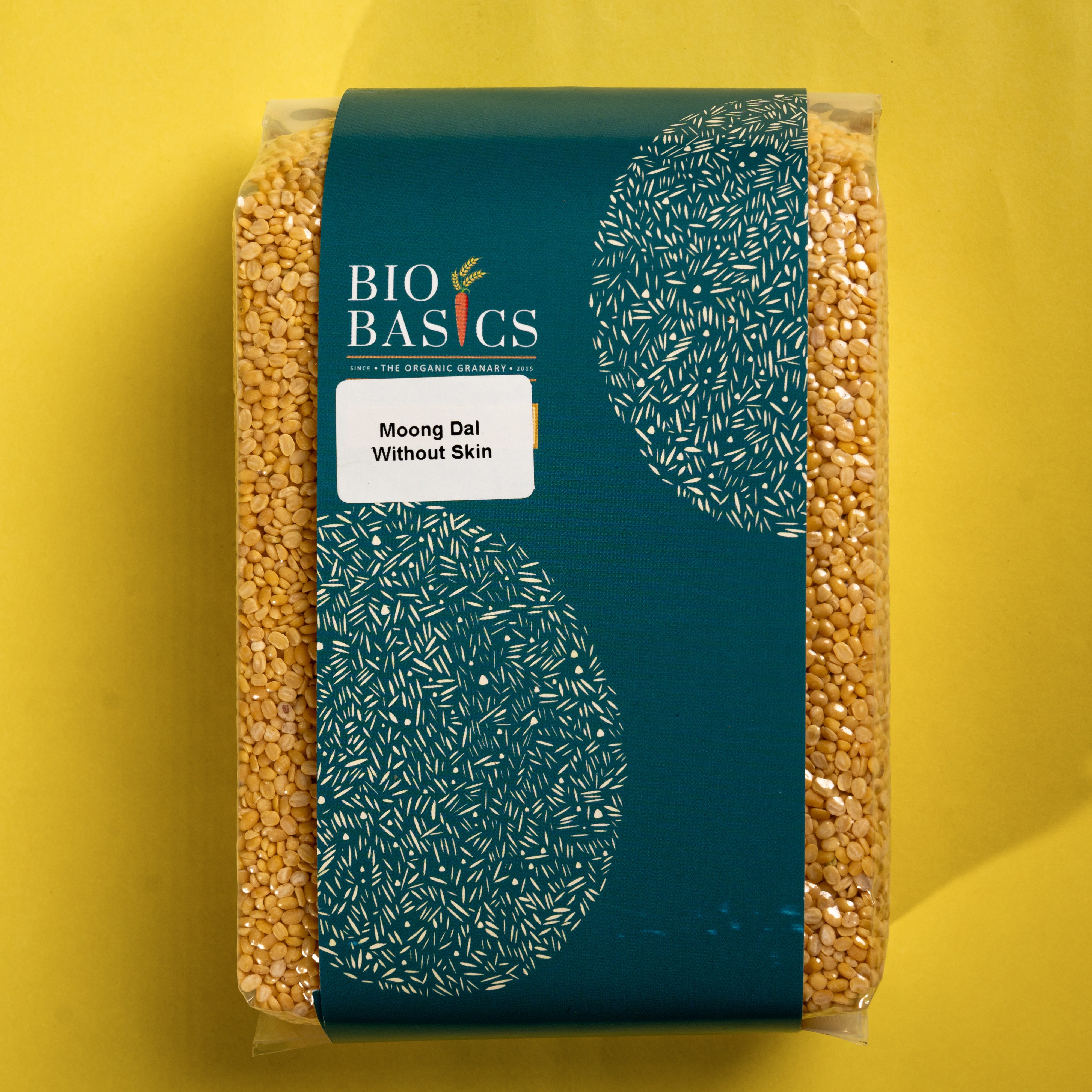
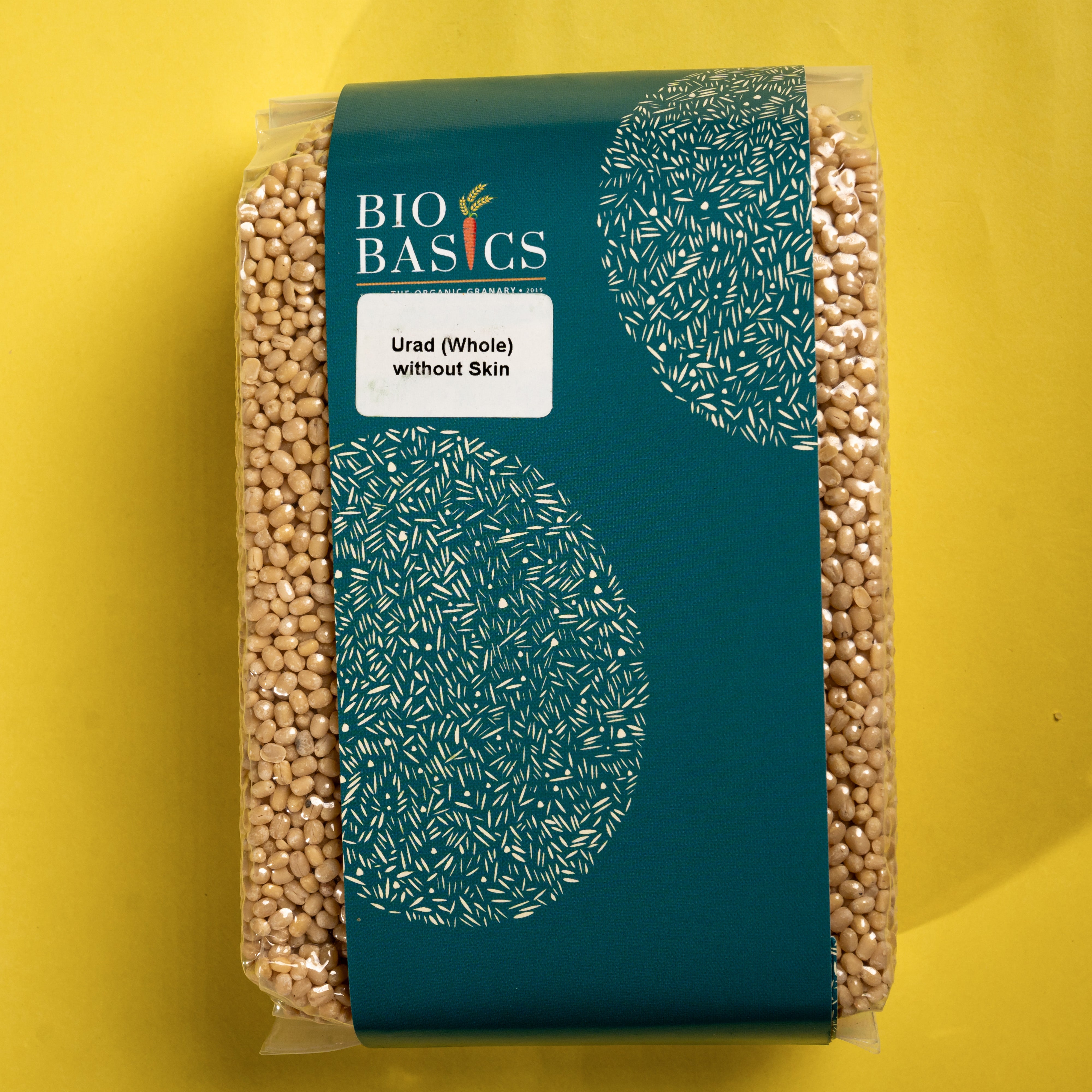
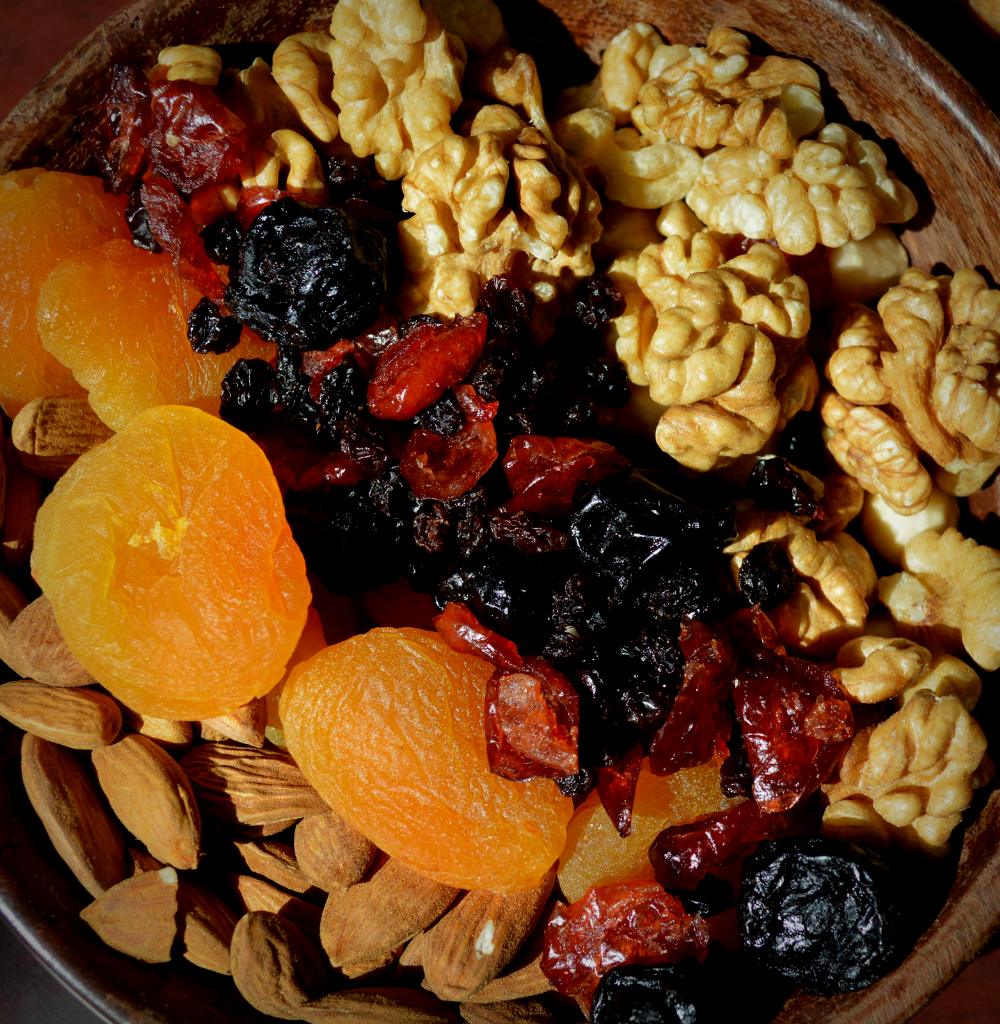
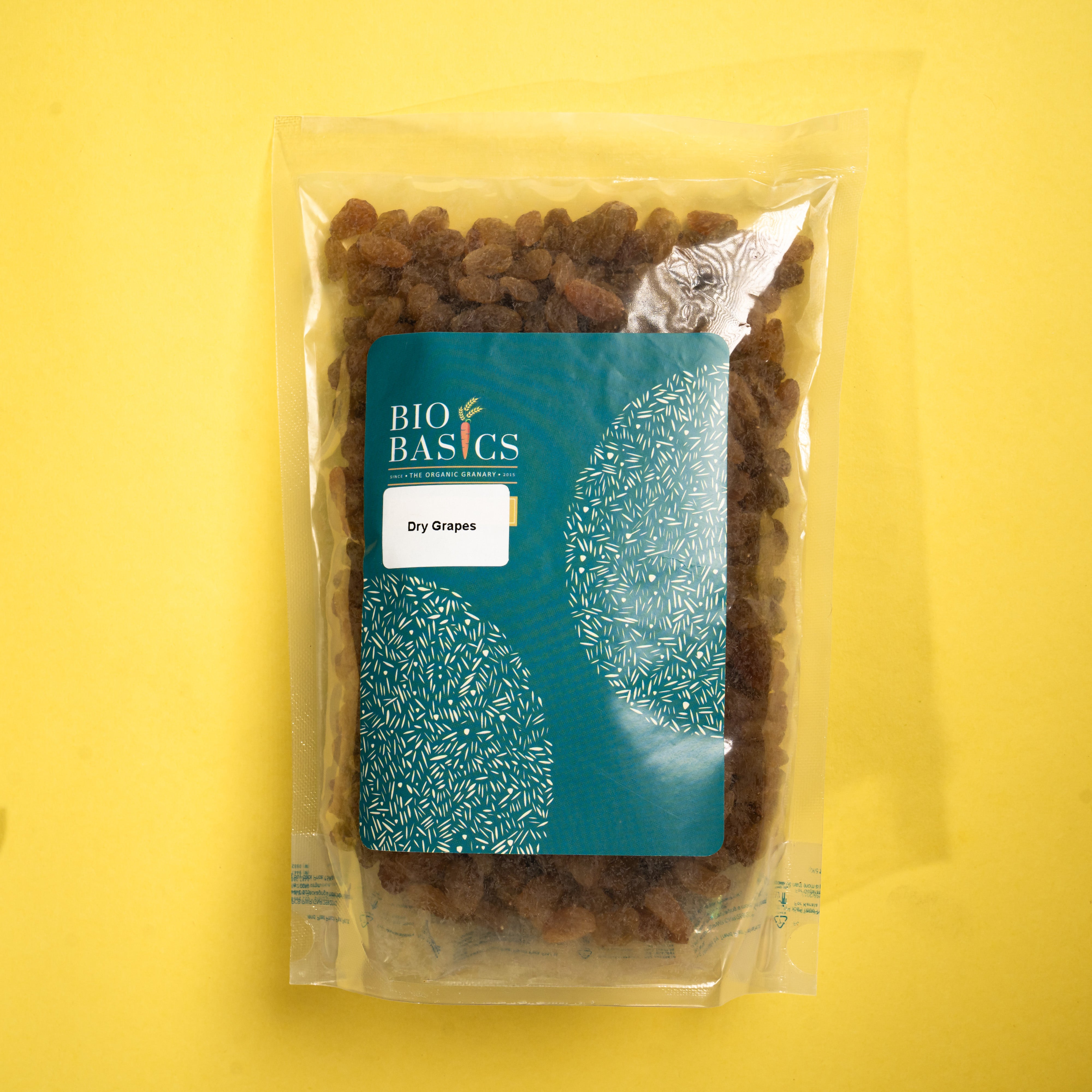
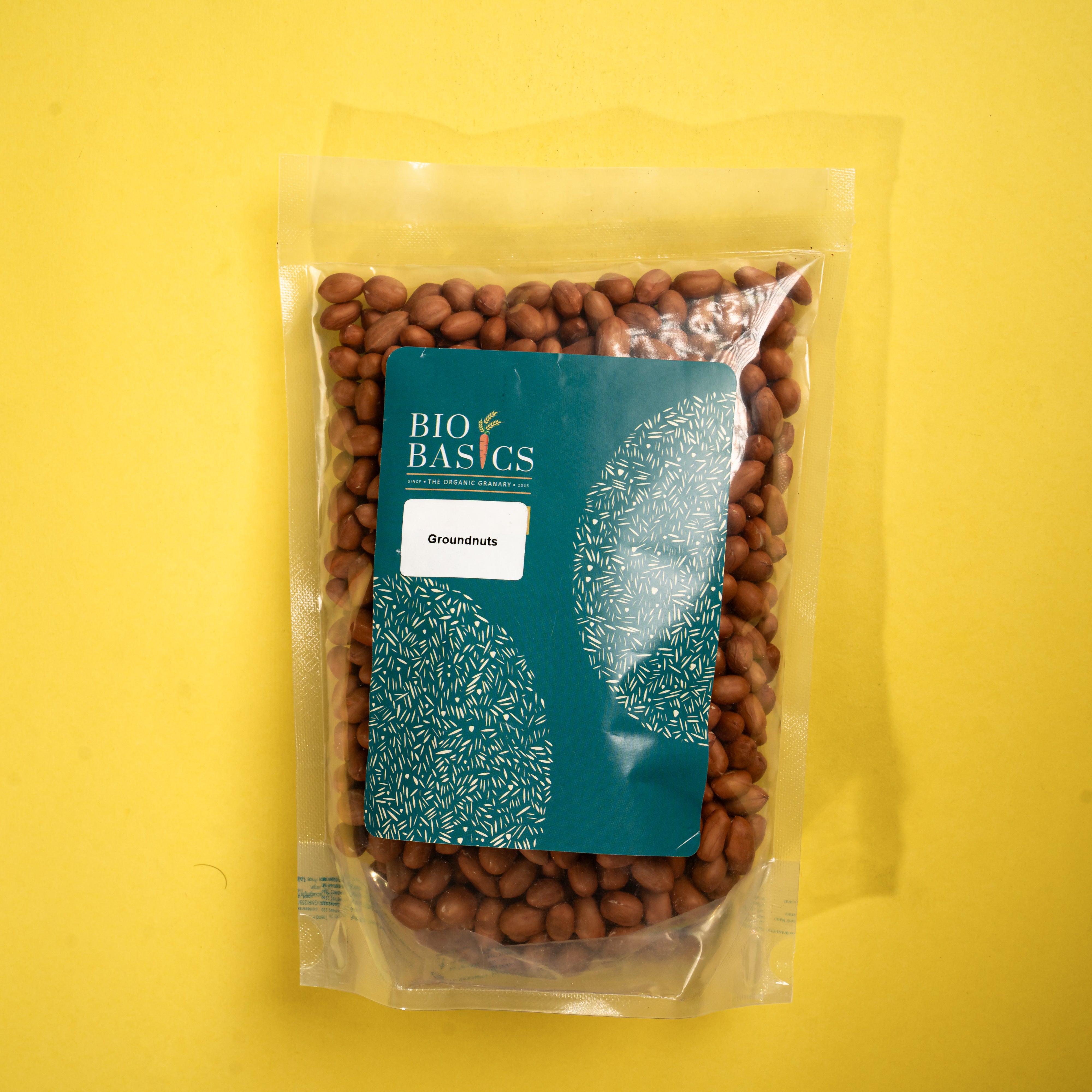
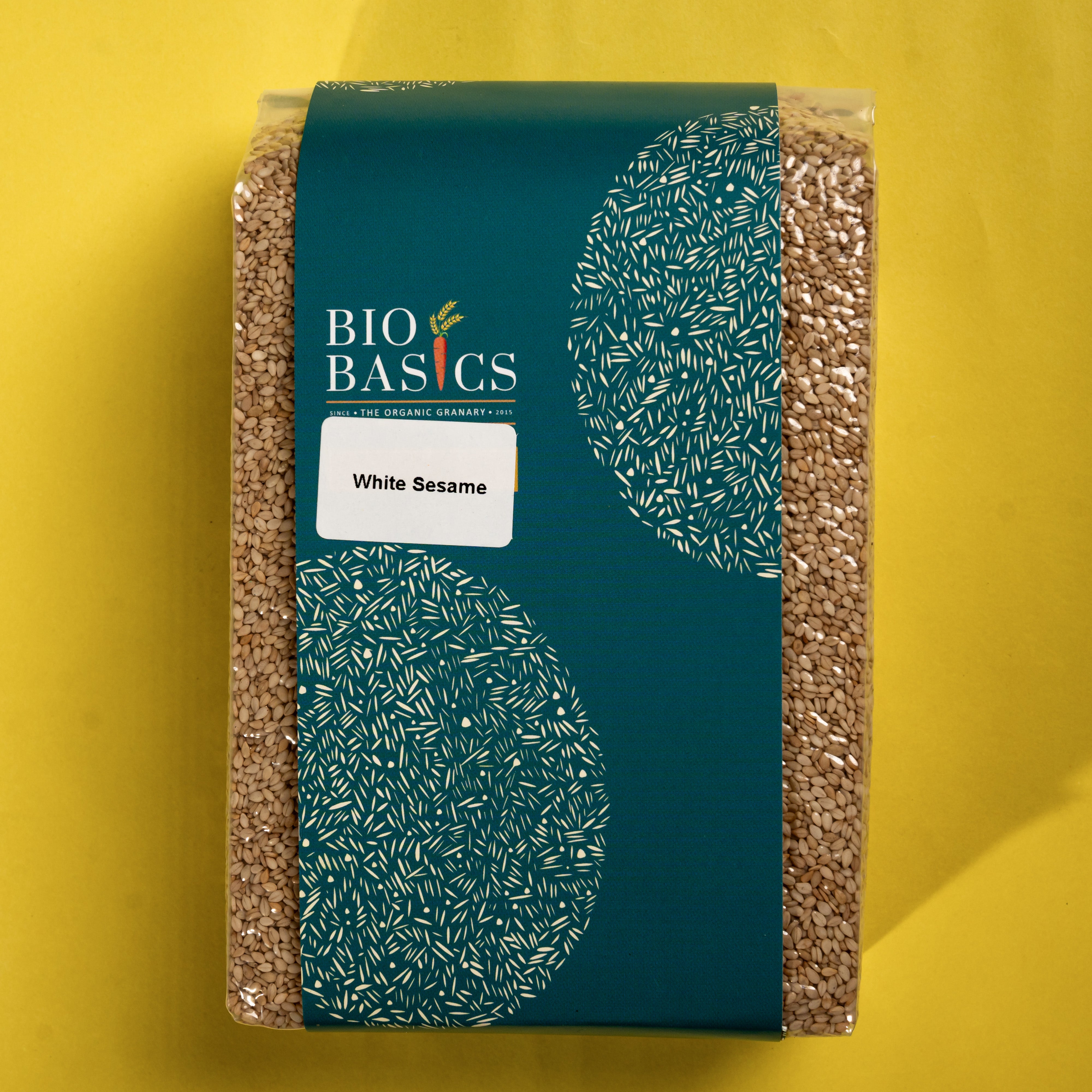
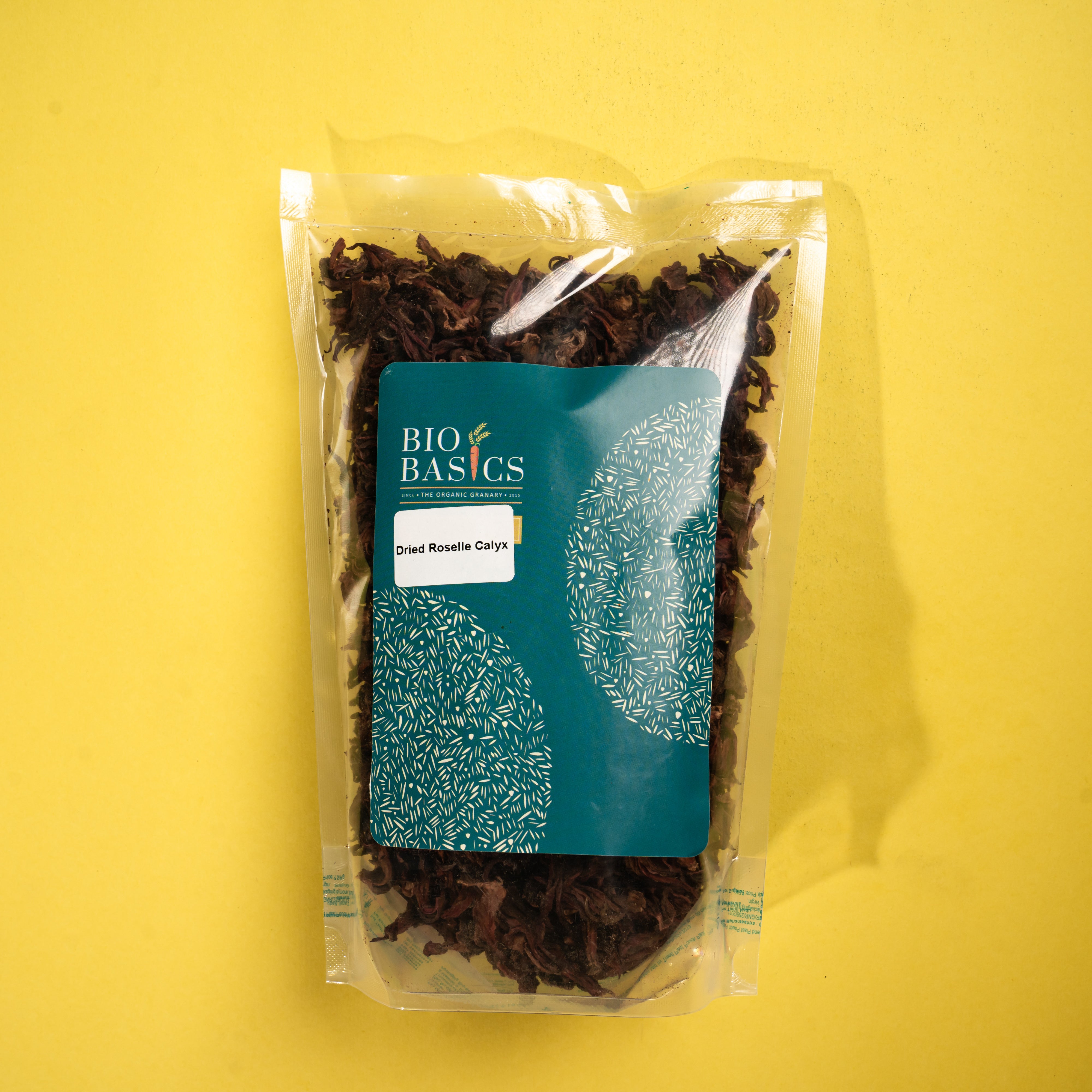
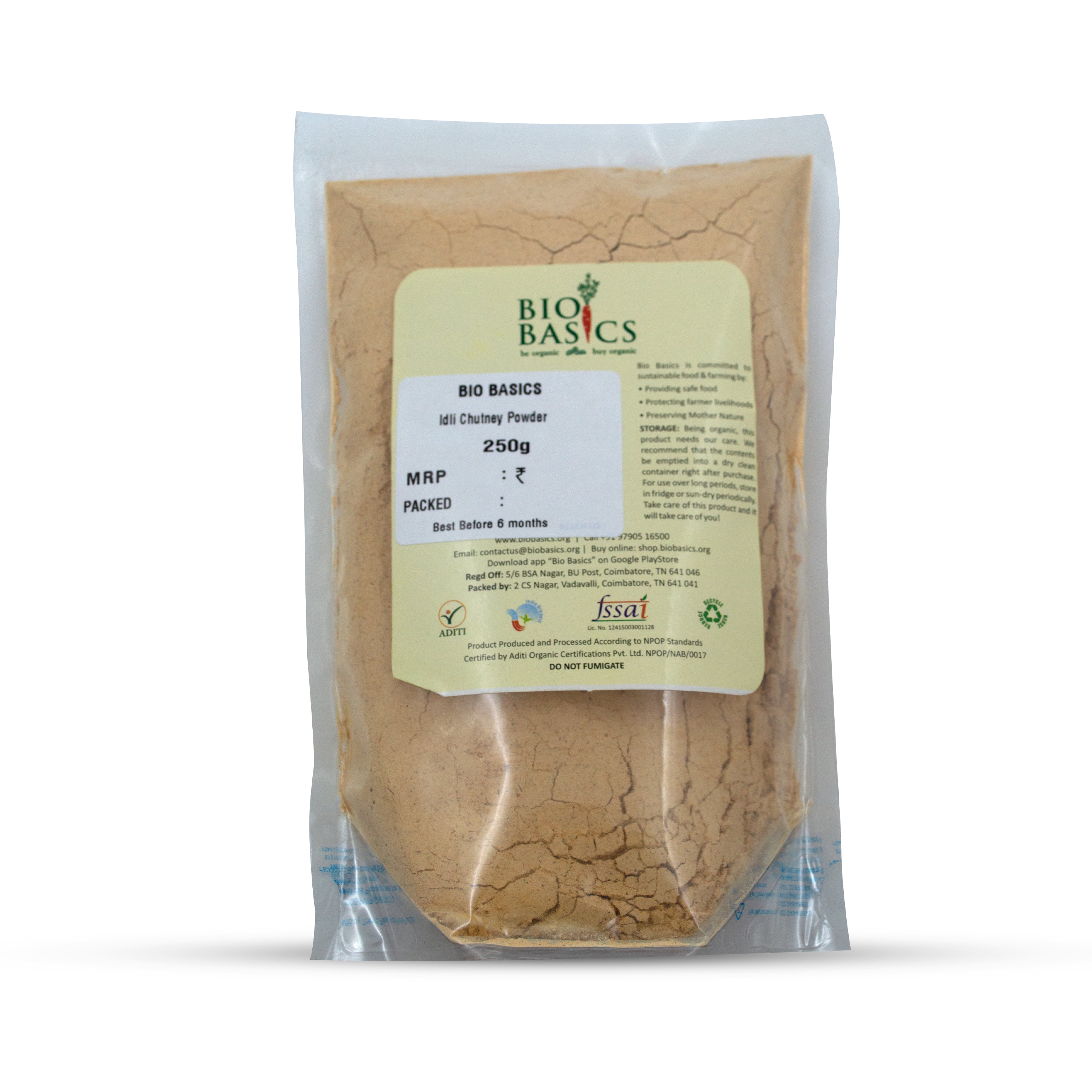
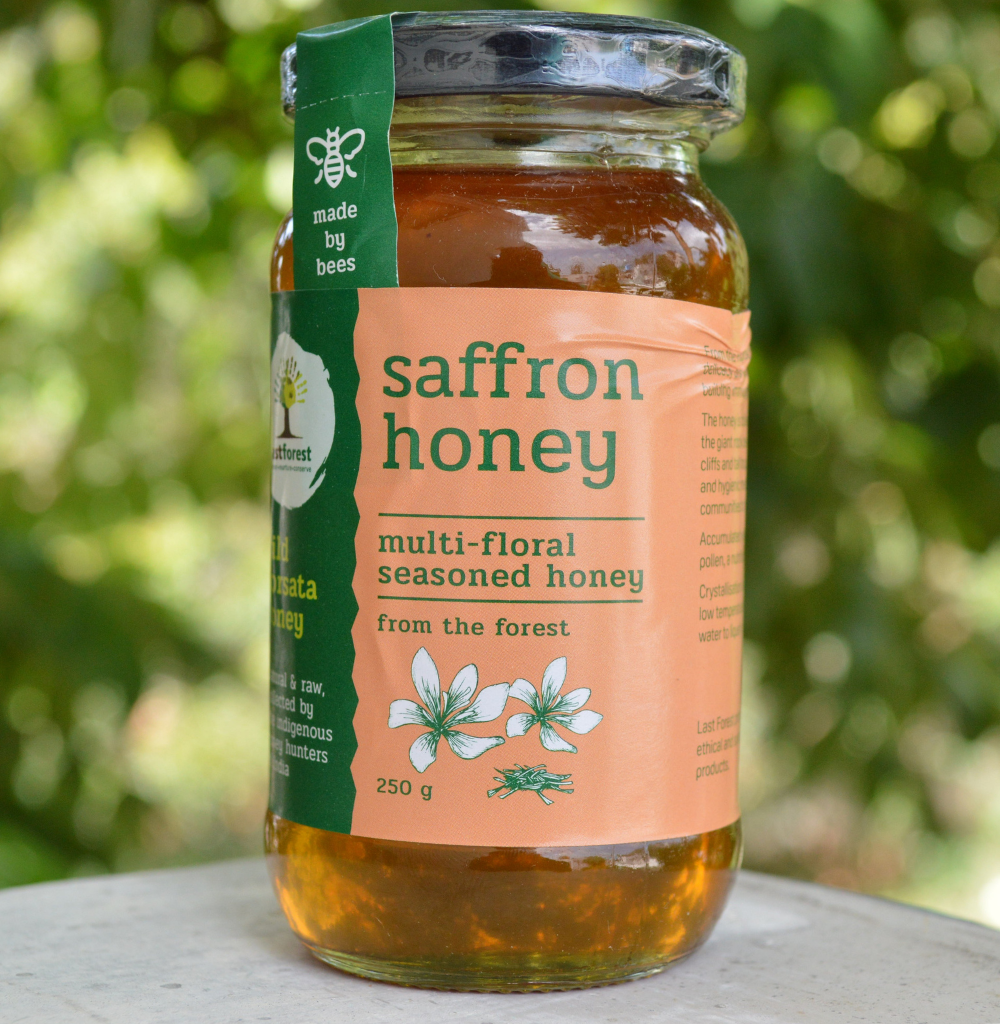
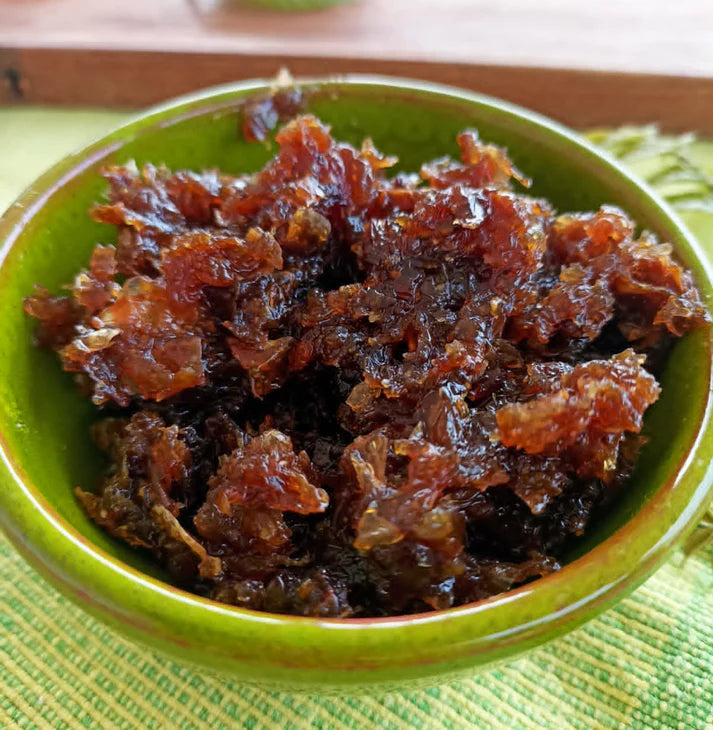
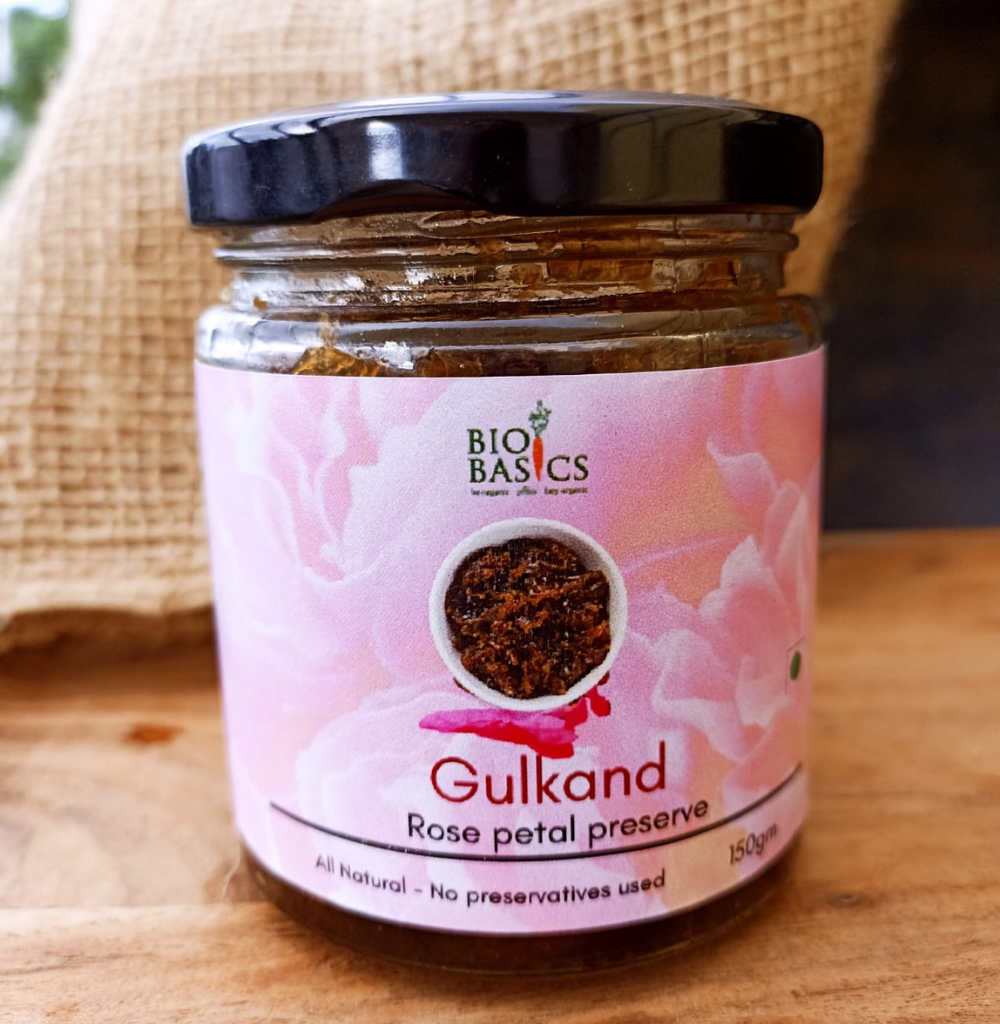
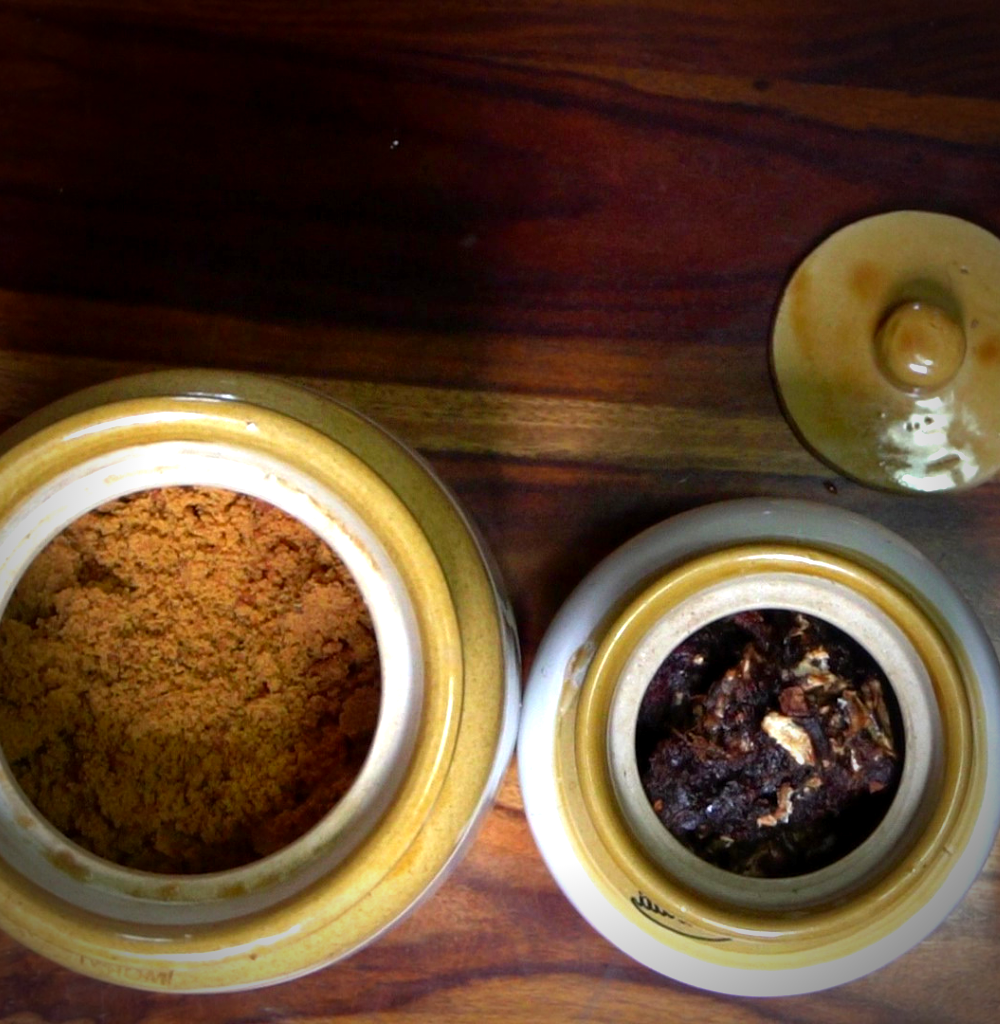
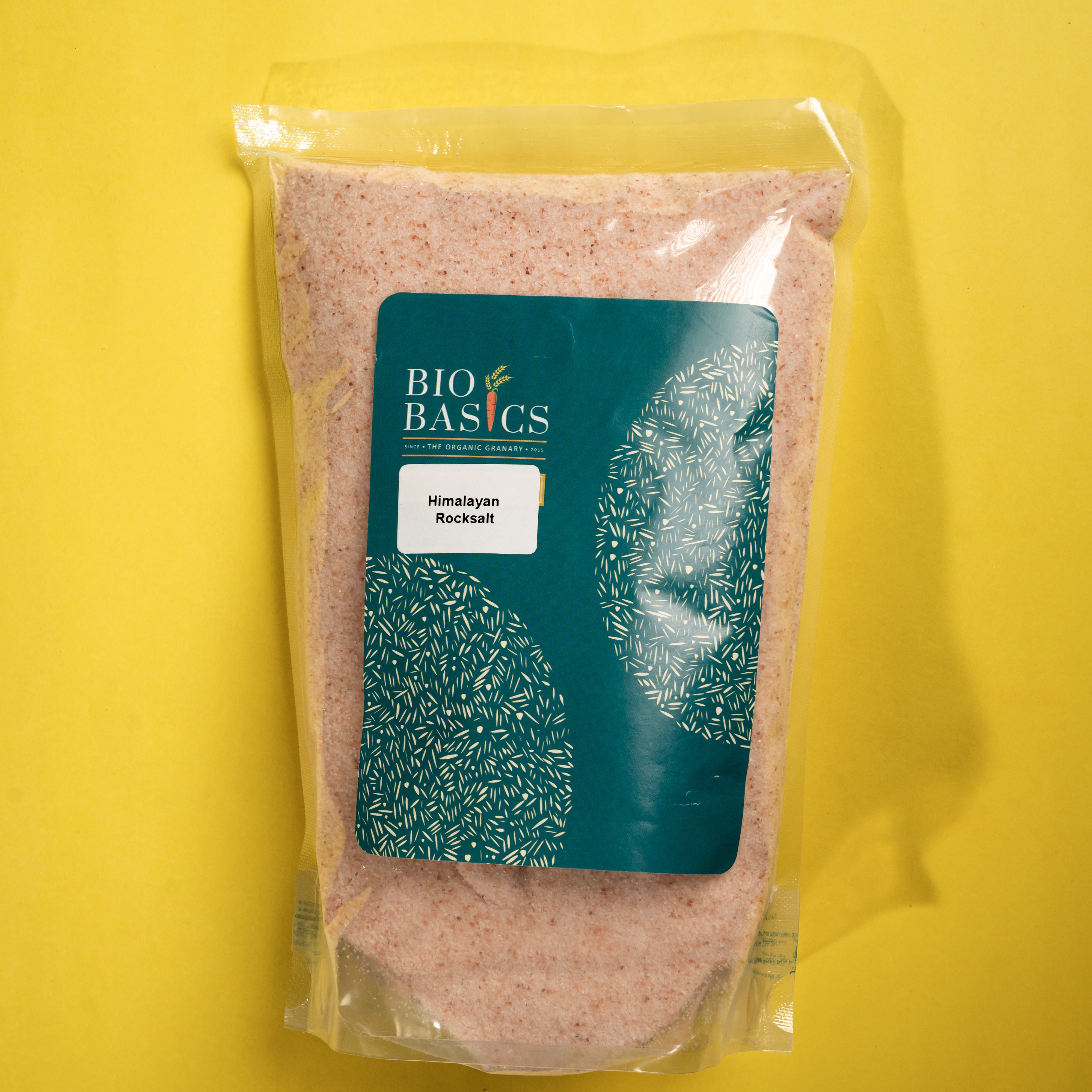

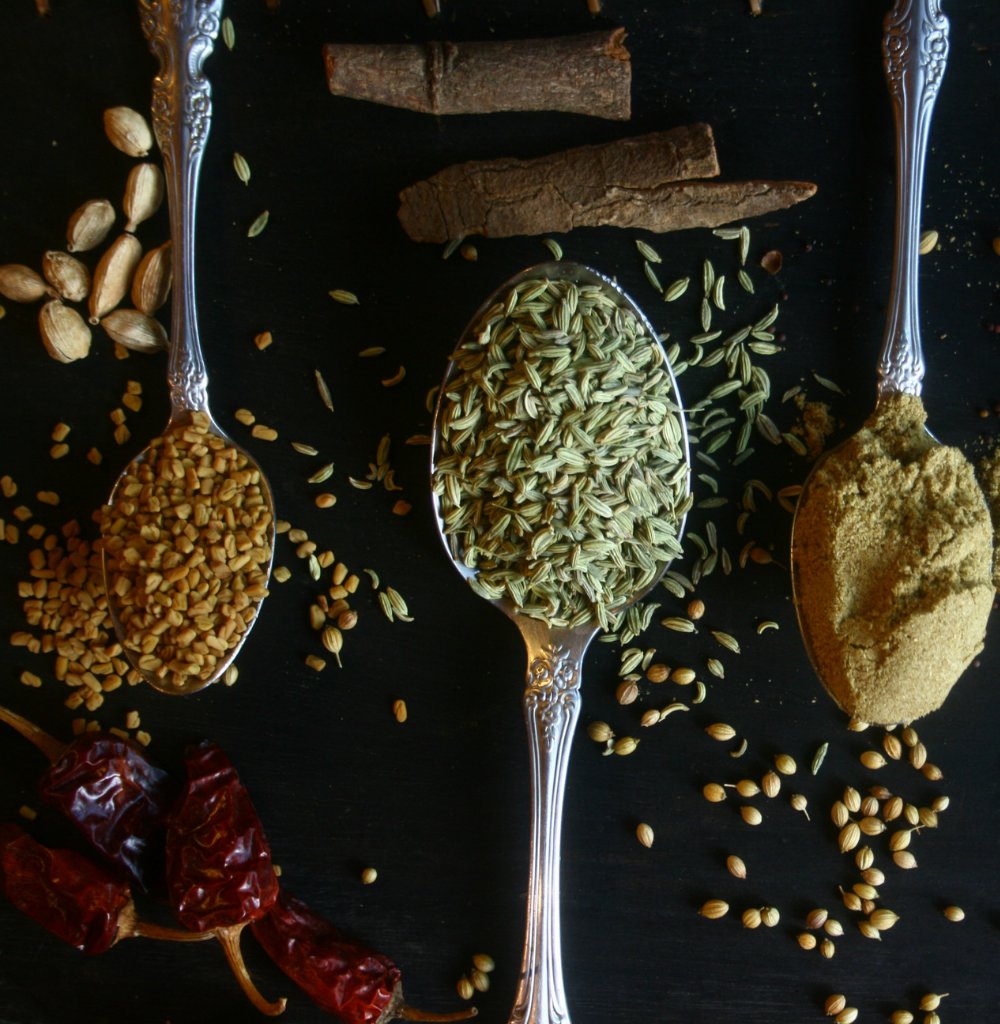
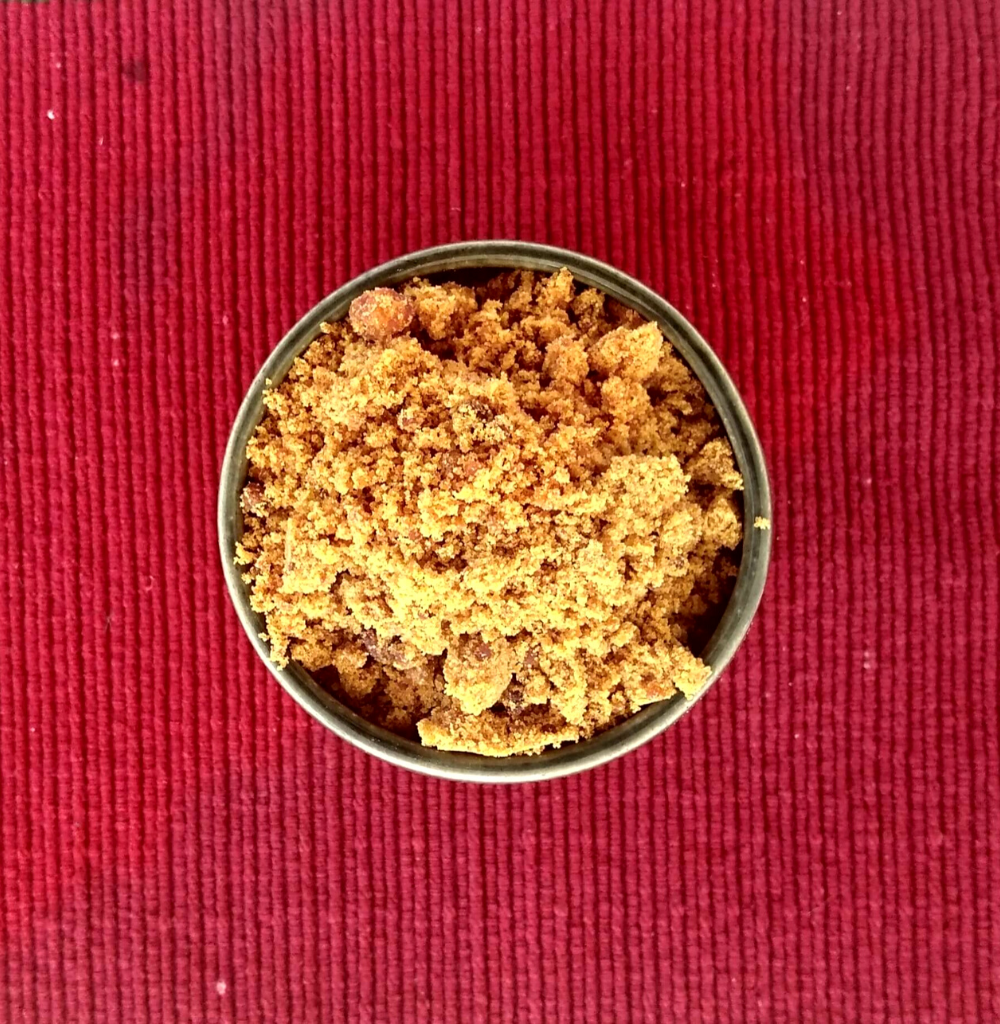
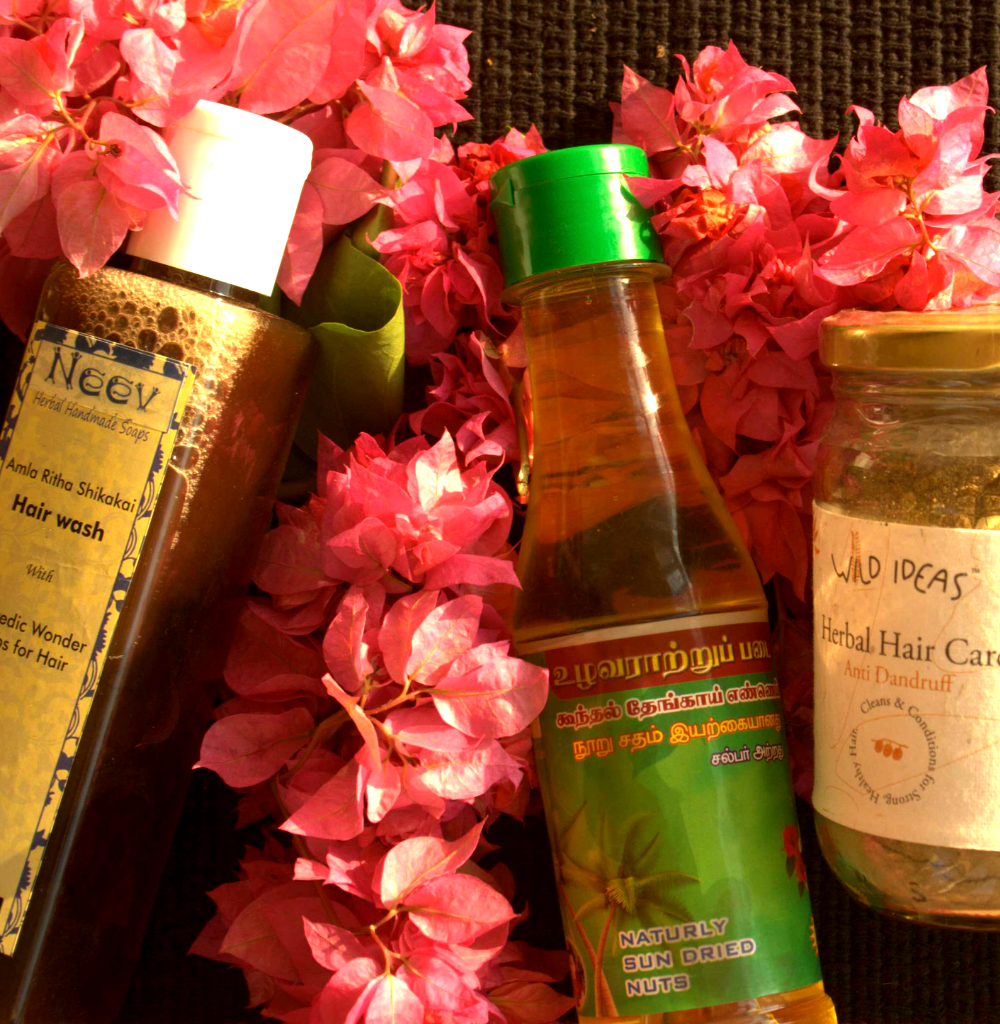
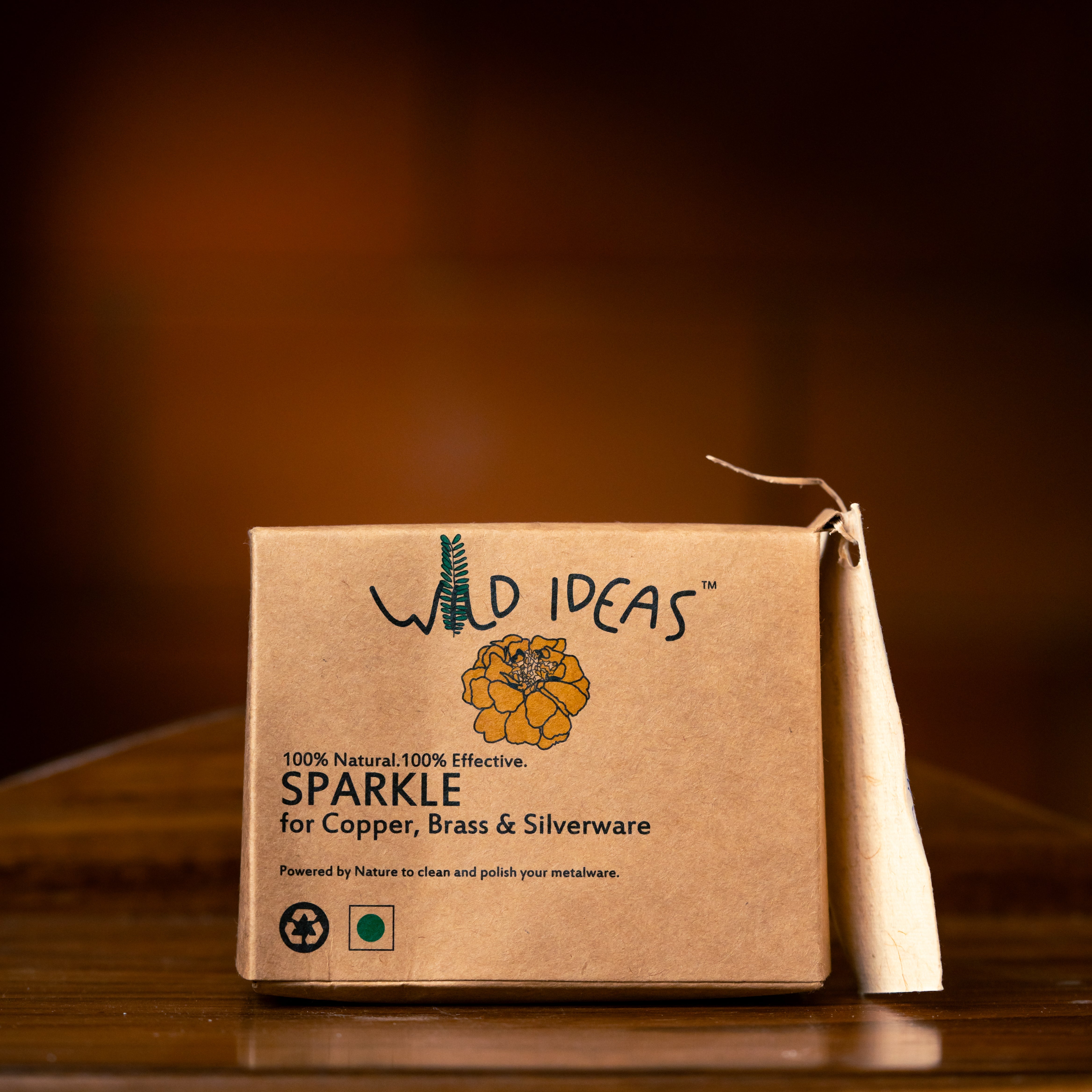
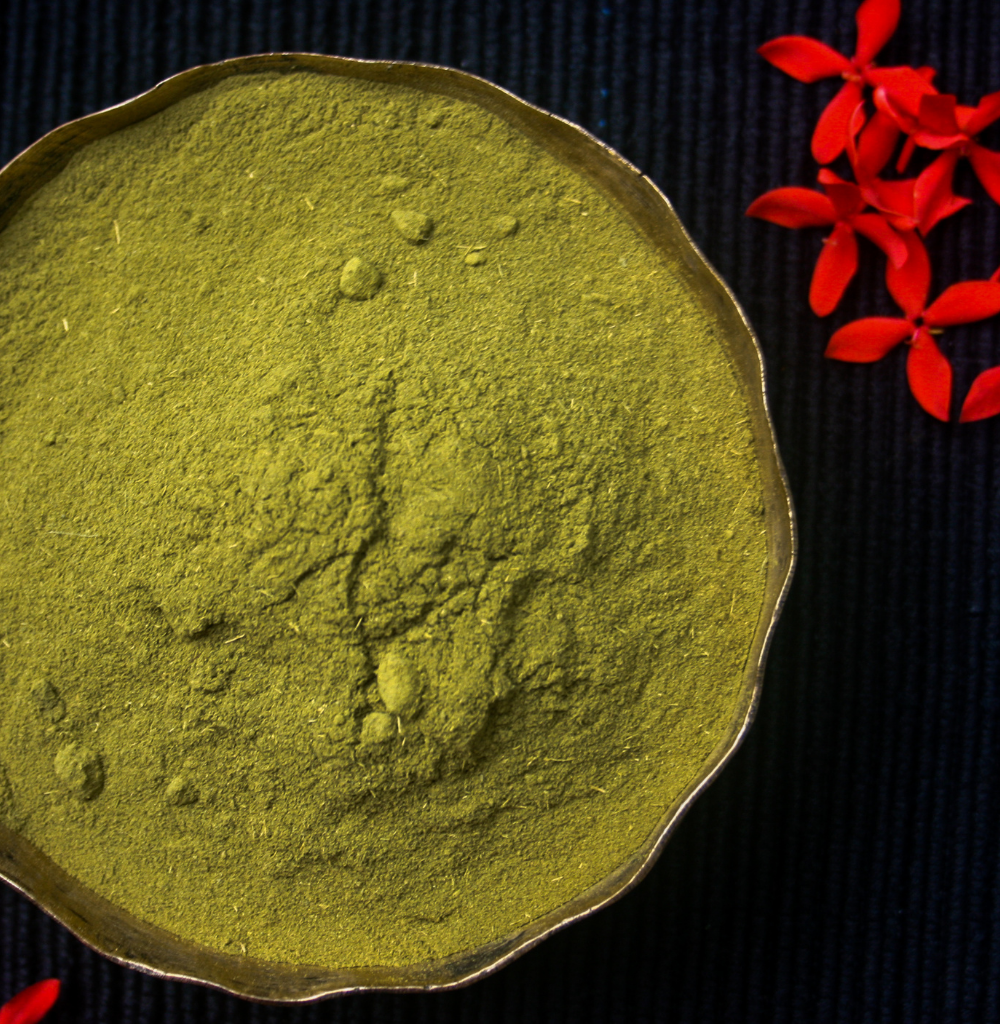







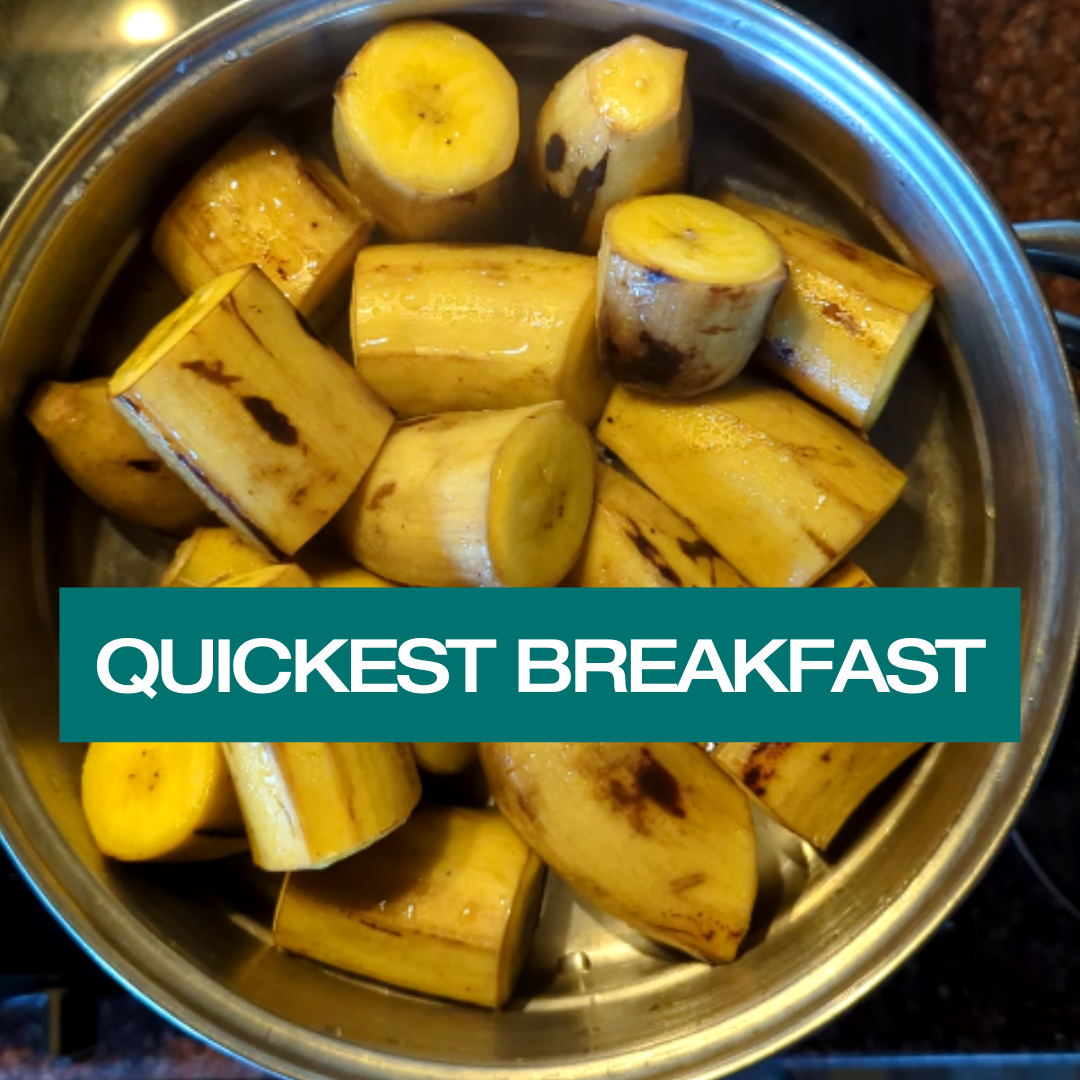
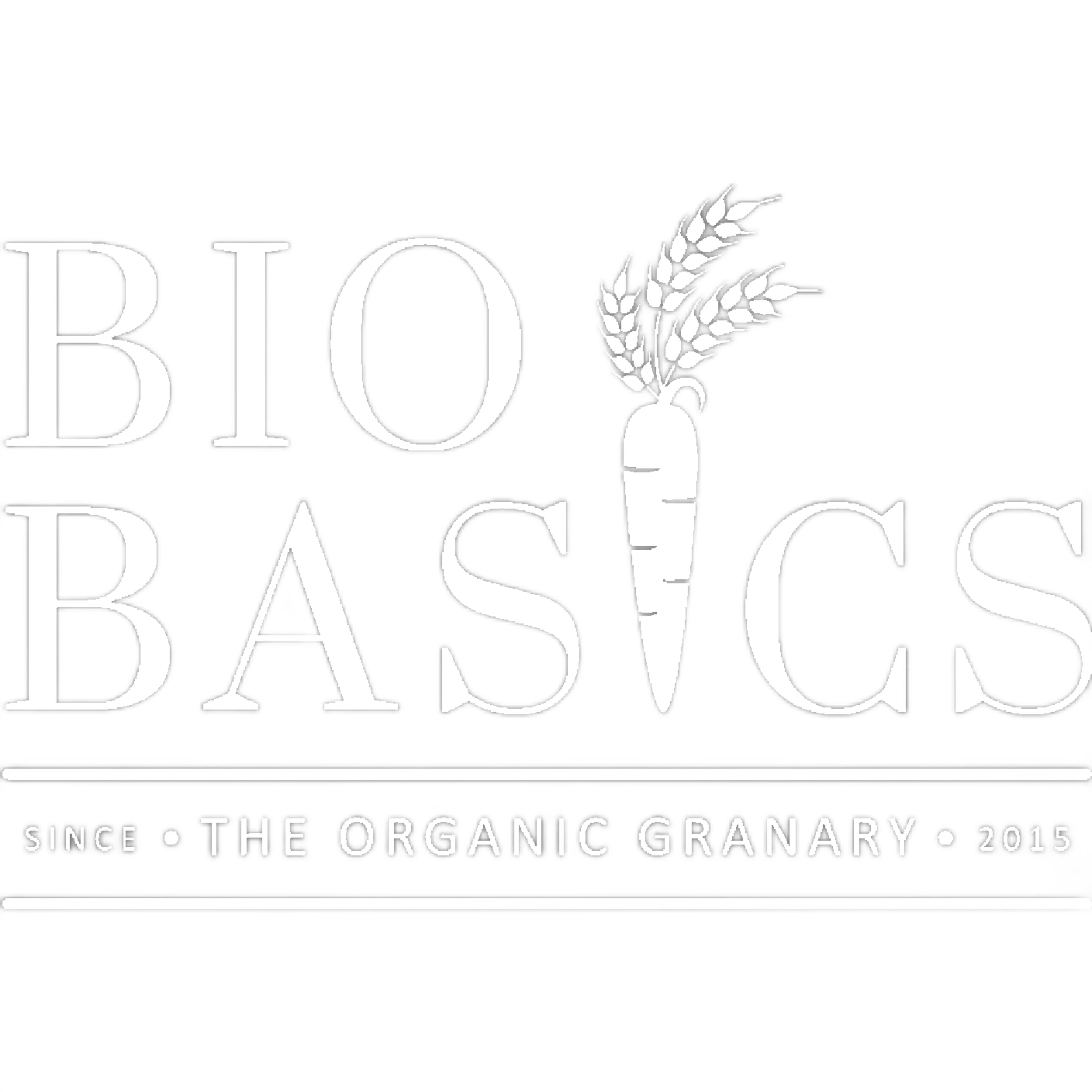
1 comment
Hungryhouse india
Wow, nice description. Thank you so much for sharing Idli Recipe. Idli Recipe is my favorite food. I always order from hungryhouse.in . There are provided fresh and tasty Idli. But now I can say confidently, I can make it Because I read your article and I learn more about Idli Recipe. Thanks